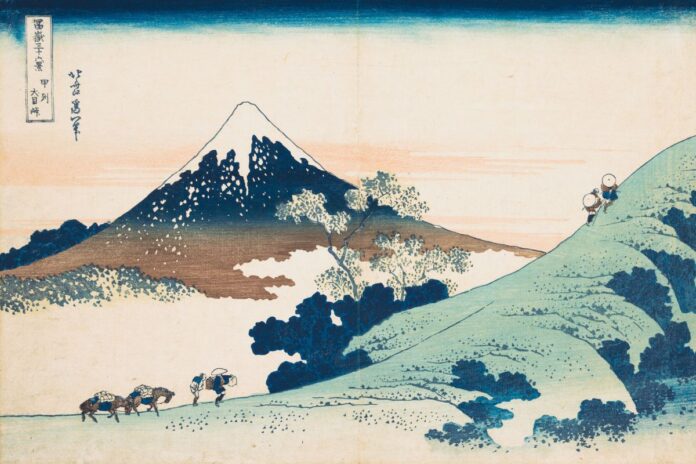This article originally appeared on : daily-stuff.com
Embark on a journey into the captivating allure of Japan, a land where the extraordinary meets the everyday. Renowned for its exotic culture, Japan is a captivating blend of industrial innovation, bold fashion choices, delectable sushi, awe-inspiring landscapes, and widespread creative endeavors such as origami and calligraphy.
Yet, what truly sets Japanese culture apart is its stark departure from Western norms, offering a fresh perspective and introducing trends that are truly unparalleled. Let’s delve into the realm where tradition meets innovation, unveiling the unique trends that set Japan apart from the rest of the world.
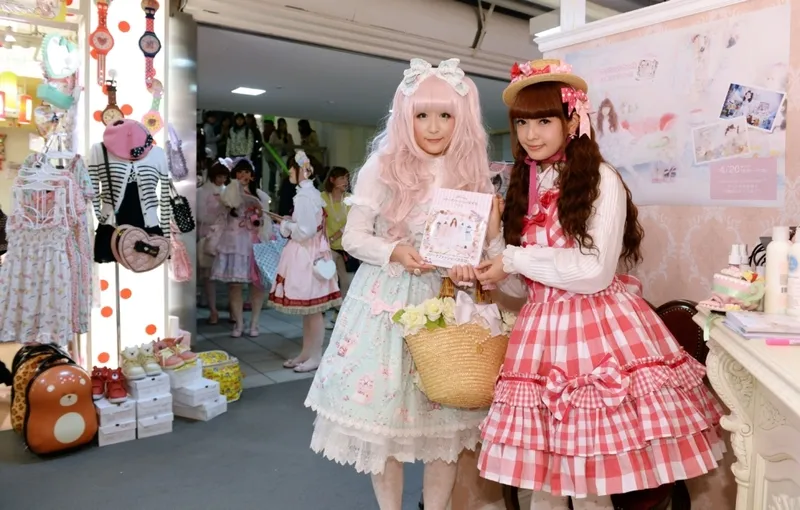
Lolita: A Fashion Wonderland
Step into the enchanting world of Lolita fashion, a uniquely Japanese style that celebrates extravagant dresses in pastel hues, adorned with ruffled sleeves and frilly skirts. Picture an amalgamation of “Alice in Wonderland” charm meeting the playful aesthetics of Hello Kitty. This trend has evolved into various sub-styles, such as punk Lolita or nerdy Lolita, showcasing the diverse expressions within this captivating fashion movement.
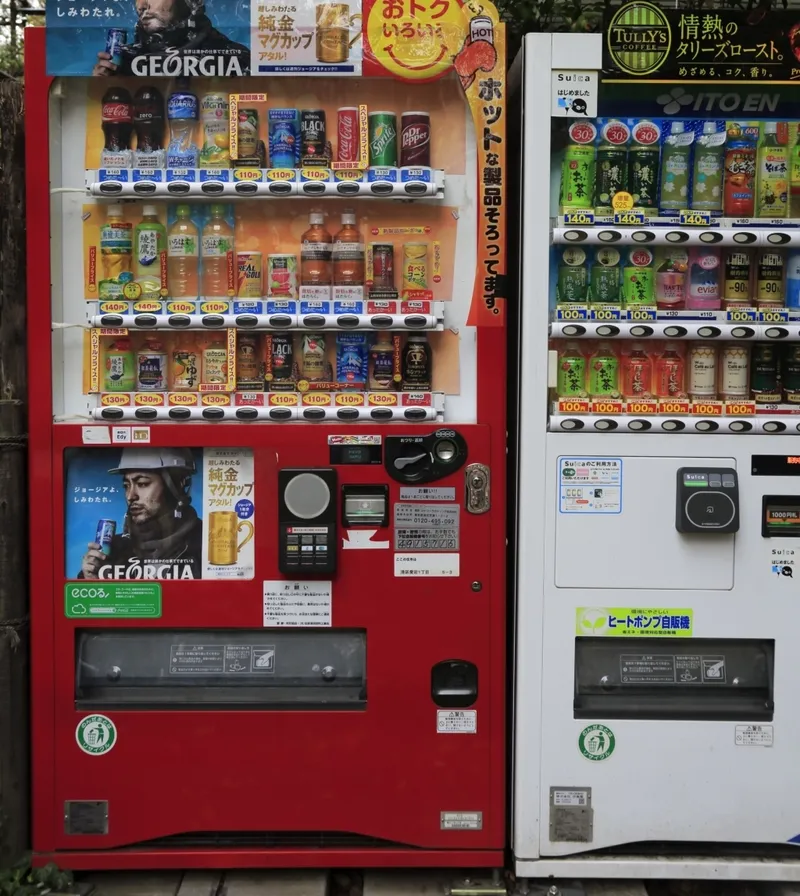
Vending Machines: Beyond Snacks and Sodas
While vending machines globally serve snacks and drinks, Japan elevates this convenience to a whole new level. Beyond the usual fare, Japanese vending machines offer everything from underpants to ready-made bowls of Ramen, providing a delightful blend of automated excitement. These machines redefine convenience, turning ordinary transactions into an adventure with their surprising array of products.
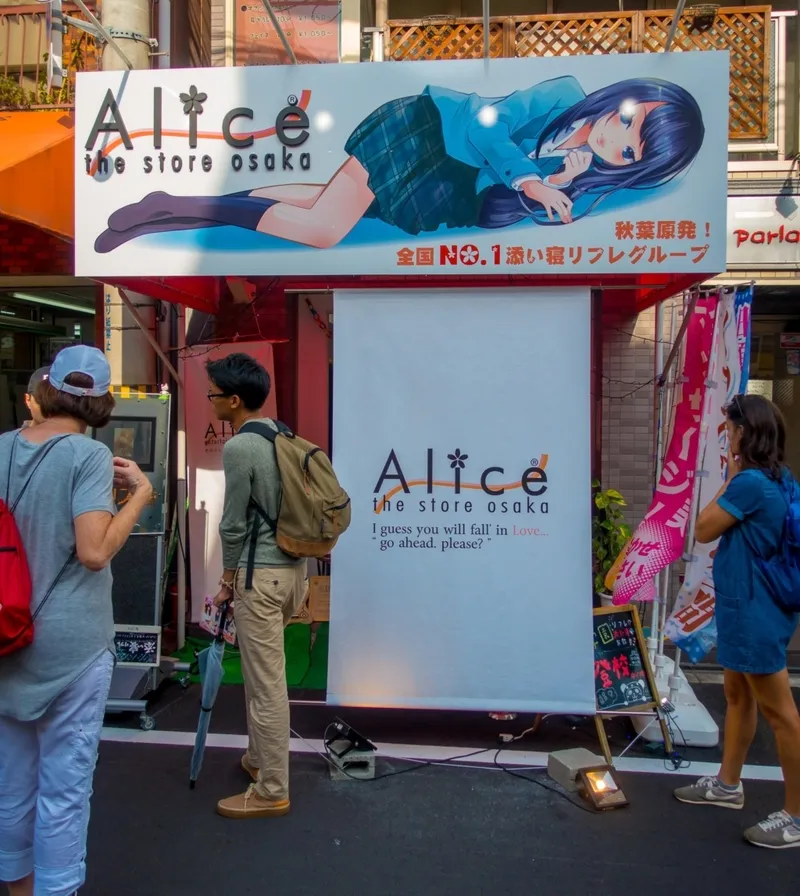
The Rent-A-Cuddle Cafe: Snuggling for a Fee
In Tokyo, the cuddle cafe phenomenon has taken loneliness by storm. The concept is simple: patrons pay for the privilege of snuggling with a designated “cuddler.” With admission starting at $25 and a 20-minute cuddle session at $40, this unique business caters to those seeking companionship and physical connection. For a more extended embrace, a $400 fee grants 10 hours of comforting cuddle time.
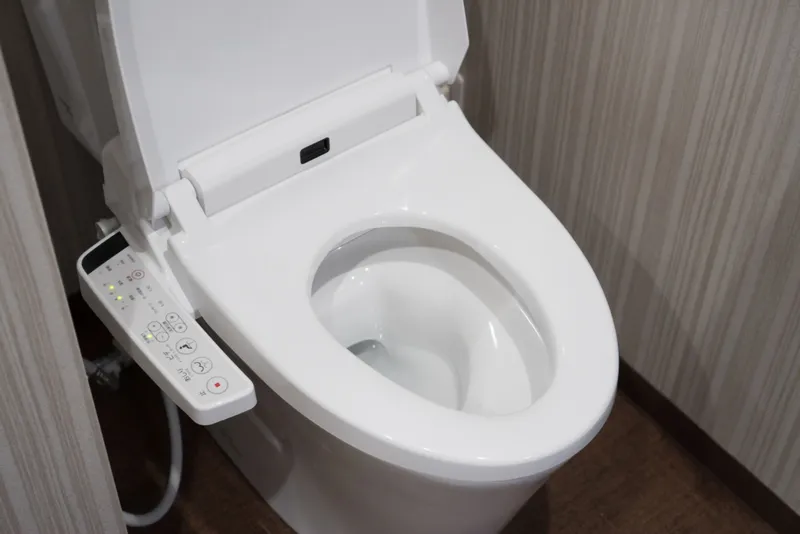
Tech-Savvy Toilets: A Bathroom Experience Like No Other
Japan’s dedication to innovation extends even to the restroom. Renowned for their sophistication, Japanese toilets redefine the bathroom experience with cutting-edge technology. From heated seats to various features, these toilets promise a uniquely pampering encounter, ensuring that every visit is a blend of comfort and technological marvel.
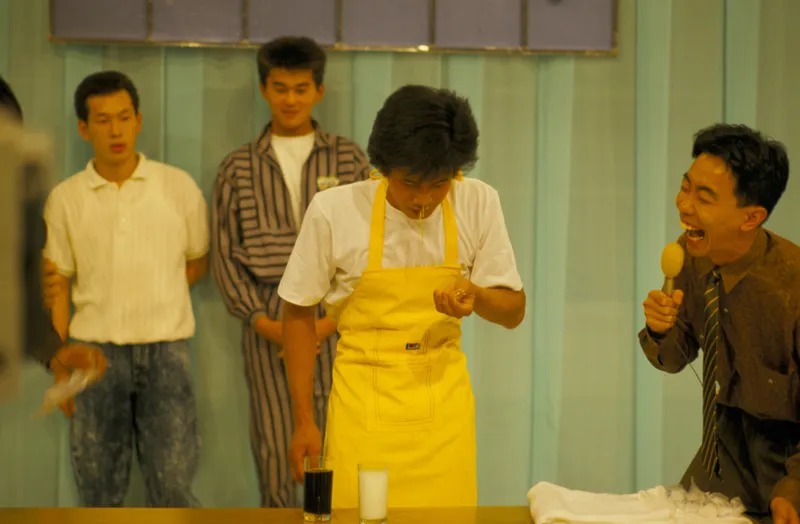
Strange and Confusing Game Shows: A Whirlwind of Entertainment
Japanese game shows defy convention, presenting a colorful spectacle that goes beyond traditional formats like “Jeopardy” or “Pyramid.” With blindfolded soccer matches and dinosaur pranks, these shows showcase a uniquely bizarre take on entertainment. In one peculiar example, the game “Candy or No Candy” challenges contestants to bite into ordinary items to determine their edibility, adding an unexpected twist to the gaming landscape.
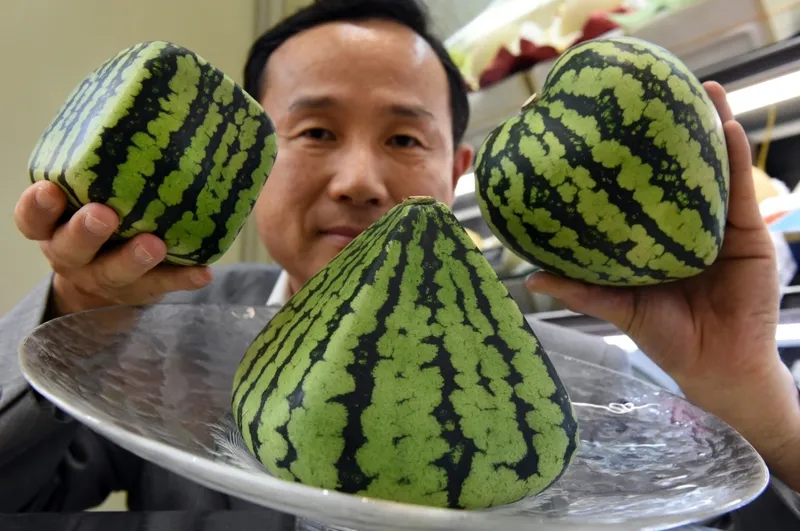
Pricey Watermelons: A Juicy Luxury
Square watermelons, initially designed for space efficiency, have evolved into coveted decorative pieces, commanding prices as high as $200. Beyond squares, Japanese farmers utilize special containers to grow triangular or heart-shaped watermelons, transforming a summer fruit into an extravagant and pricey delicacy.
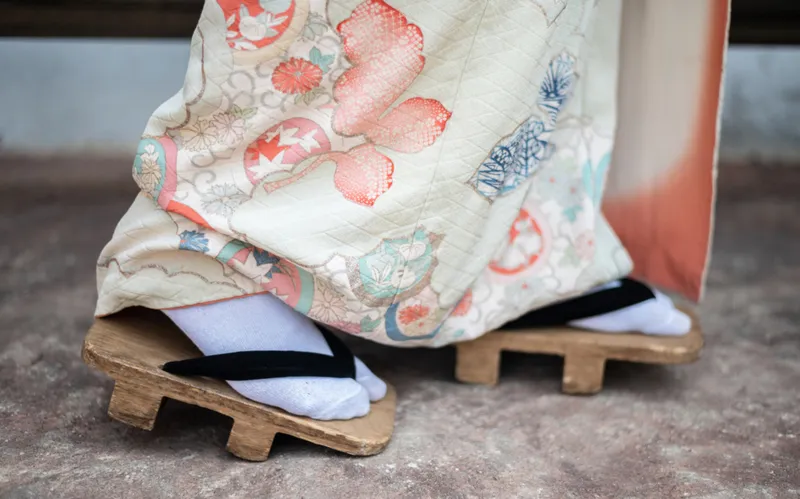
Japanese Wooden Sandals: Timeless Elegance
Transport yourself to a bygone era with Japanese geta sandals, timeless wooden footwear that traces its roots back to traditional tea ceremonies. These elevated wooden sandals feature distinctive wooden appendages on the bottom, providing both elevation and protection against ground-dragging. Practical in rain and snow, these wooden shoes seamlessly blend tradition with contemporary style.
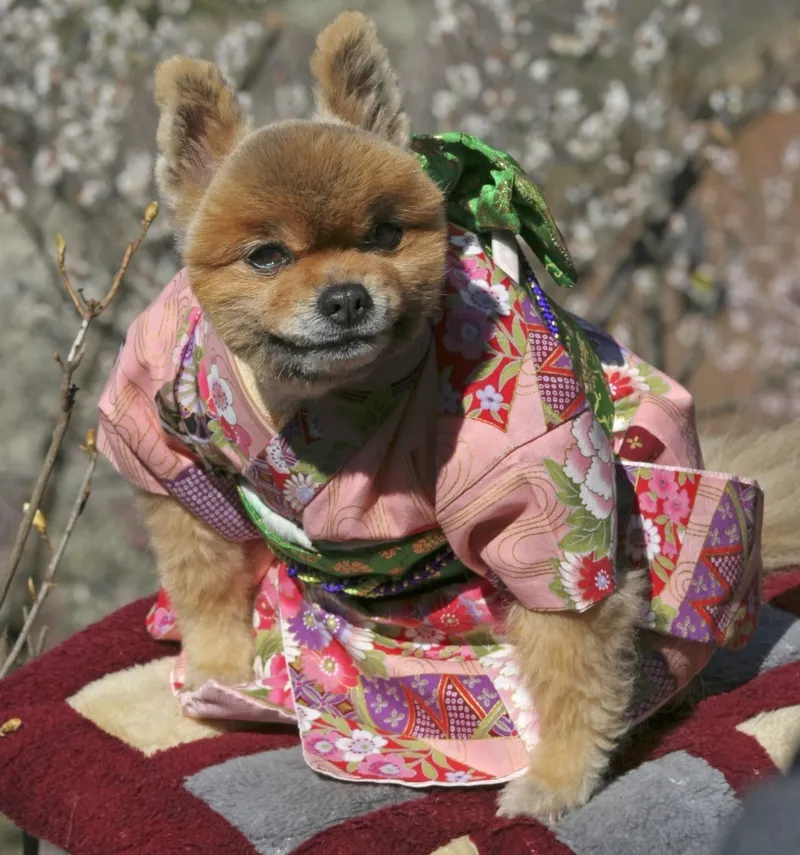
Doggy Dress Up: Eccentric Styles for Furry Friends
In Japan, the flair for eccentric styles extends beyond humans to our beloved canine companions. From kimonos to Lolita-inspired outfits, Japanese pet owners have embraced the trend of dressing up their furry friends in adorable ensembles. This delightful practice showcases the country’s penchant for creativity and the seamless integration of unique styles into everyday life.
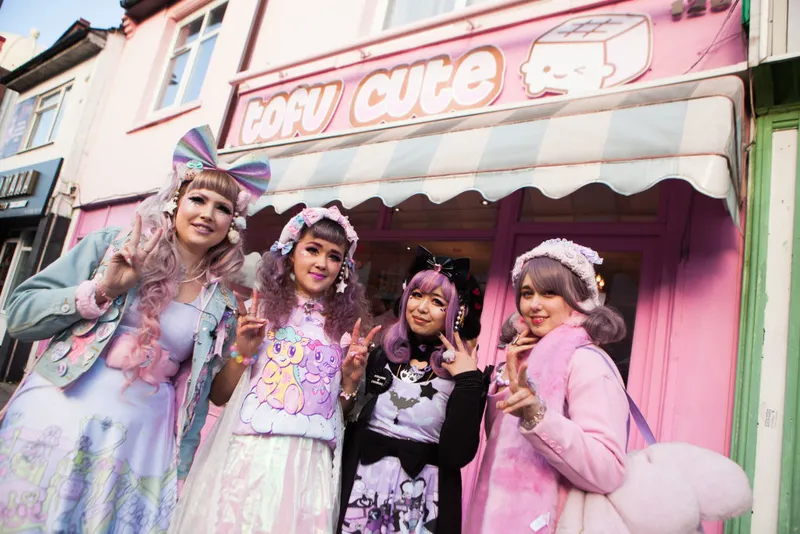
Celebrating Cuteness: Kawaii Culture
In Japan, cuteness is not just an occasional delight – it’s a way of life. The Kawaii culture thrives on over-the-top cuteness, featuring iconic characters like Hello Kitty and fashion statements like cartoon-covered jeans. If the idea of heart-shaped pancakes brings a smile to your face, you might just find yourself falling head over heels for this adorable trend that has captured the hearts of many.
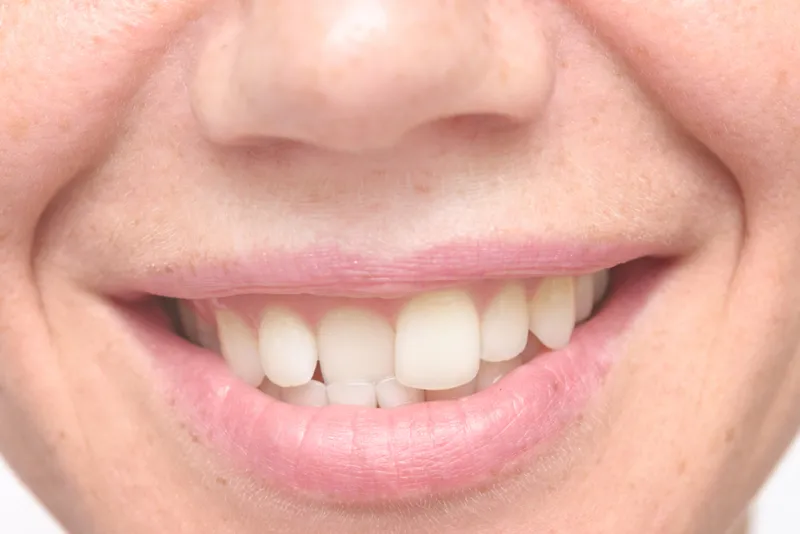
Crooked Teeth: Embracing Uniqueness
Surprisingly, a trend in Japan celebrates crooked teeth, known as “yaeba.” Initially sparked by men finding women with unconventional smiles intriguing, it has evolved into a widespread trend, even crossing borders to places like Australia. This quirky trend showcases Japan’s ability to turn the unconventional into something fashionable and sought after.
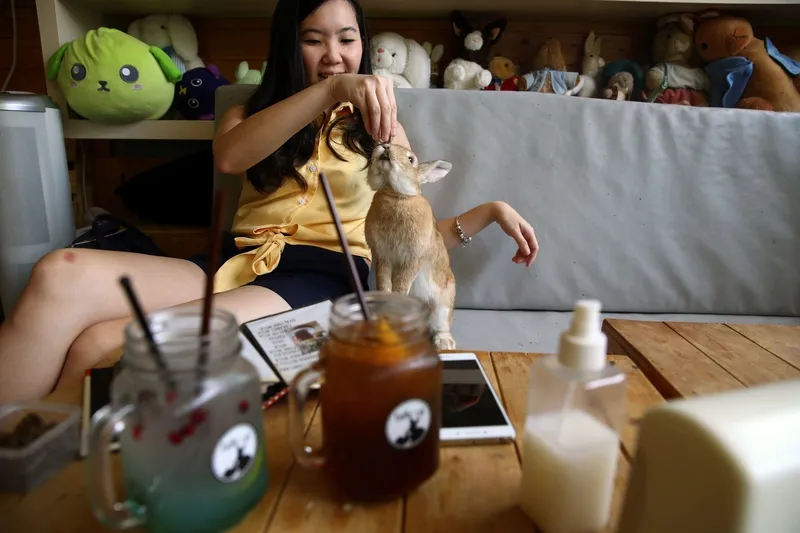
Bunny Cafes: A Furry Twist on Cafeteria Culture
Taking a popular concept and making it even more charming, Japan introduces Bunny Cafes. While cat cafes have already made their mark globally, Bunny Rabbit Cafes are the latest sensation in Tokyo. For a unique visit to this niche cafe, patrons can expect to pay around $70 per hour for the pleasure of spending time with these adorable furry companions.

Workplace Stress: Enter the Ikemesos
Japan’s demanding workplace culture has given rise to a unique solution for stress relief – the Ikemesos. These are men hired by working women to act as therapists, providing emotional support in the office. Encouraging women to express their feelings and even shedding a few tears, the Ikemesos play a role in relieving workplace stress in a distinctive and unconventional way.

Hamburger Straws: Sipping in Style
Tokyo, a city known for its eccentric trends, introduces the hamburger straw phenomenon. Originating as a meme on social media, this quirky trend involves placing a straw through a hamburger and leaving it on a beverage for a peculiar photo opportunity. It’s a trend that defies explanation but adds a touch of whimsy to social media feeds.
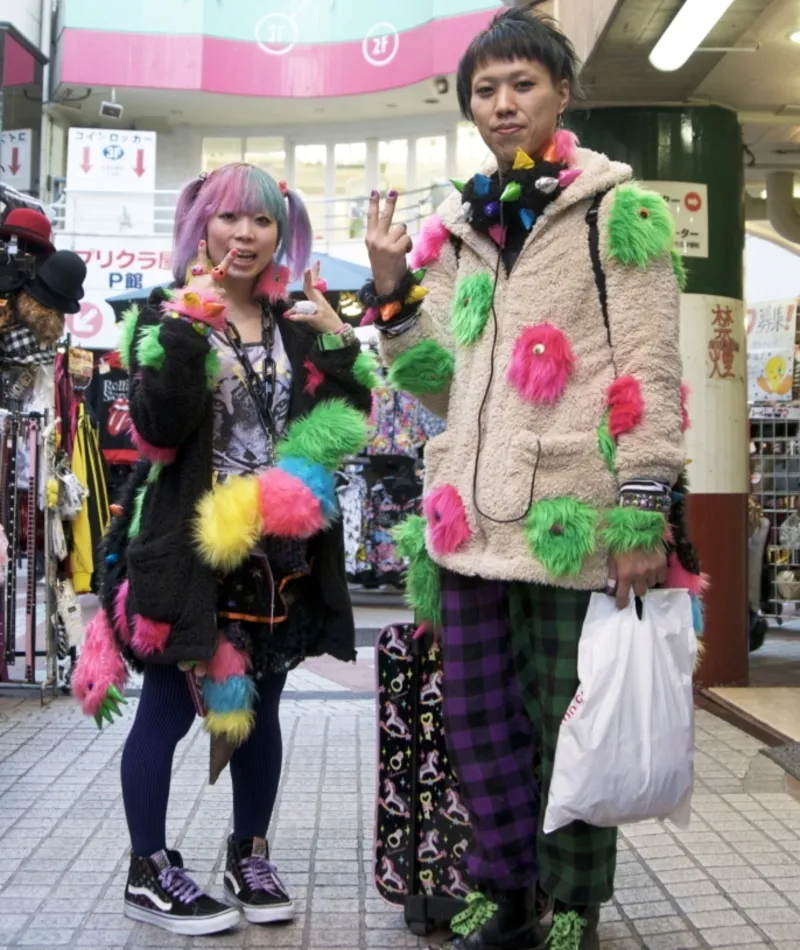
Spank: Grunge and Eclectic 80s Nostalgia
For those still captivated by the 80s, Spank is a trend that stands out with neon blazers, tie-dyed patterns, and washed-out denim. Followers of Spank fashion embrace a grungy and eclectic take on 80s nostalgia, layering up with accessories to make a bold fashion statement that pays homage to the vibrant era.
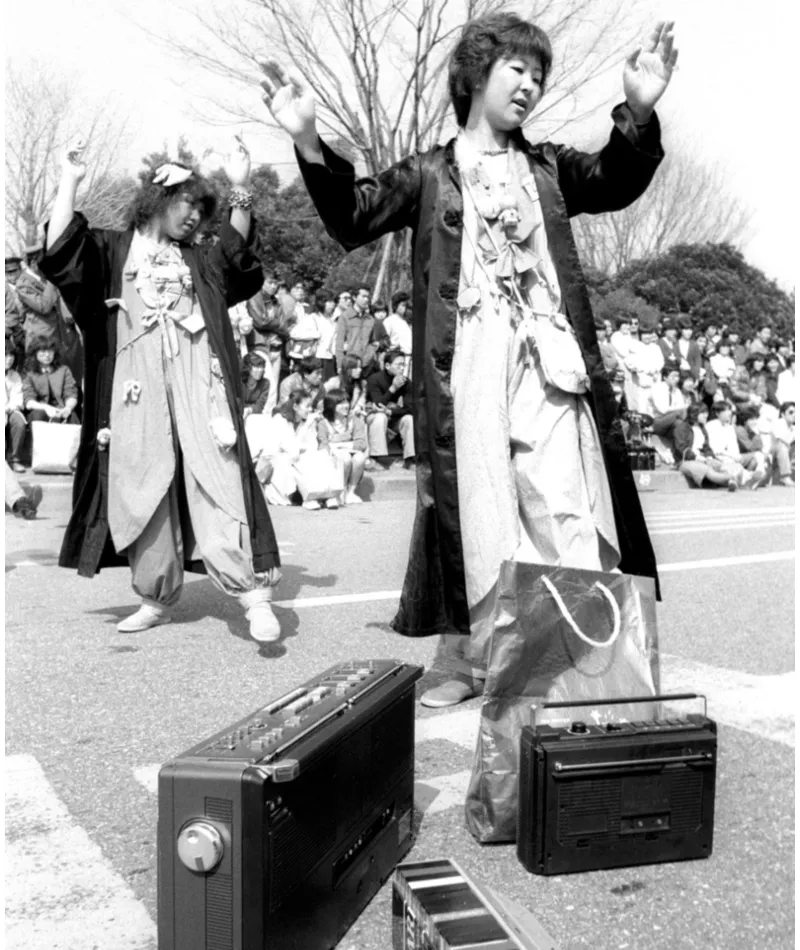
Takenokozoku: Street Fashion Extravaganza
Originating from a dance group, Takenokozoku is not just a dance but a fashion statement. Featuring bright blue and purple clothing worn in loose shapes, this street fashion trend is a colorful spectacle often seen in the bustling streets of Harajuku, showcasing Japan’s penchant for creative and expressive fashion.
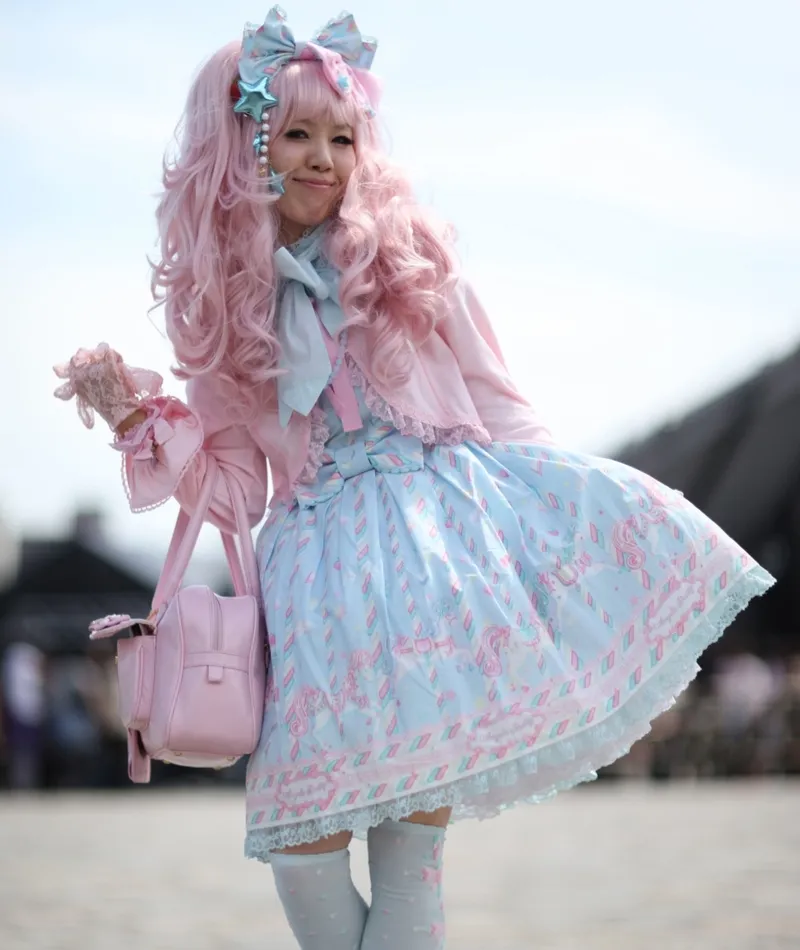
Mystical Dolly Kei: Antique Doll Aesthetics
Dolly Kei is a fashion trend that embraces antique doll aesthetics with a touch of mysticism. Resembling European summer frocks, these outfits, paired with patterned tights or printed pantyhose, create a unique homage to historical aesthetics, providing a striking contrast to the modern landscapes of Tokyo.
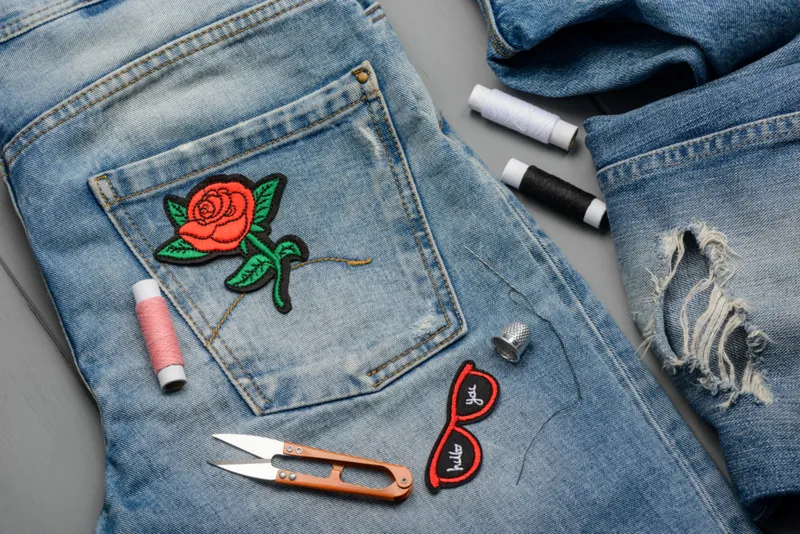
Personalized Pieces: DIY Fashion Freedom
Japanese fashion enthusiasts express their creativity through personalized pieces, creating a DIY look with various embellishments and trimmings. From anime characters to poetry, individuals cut up squares and add fabric patches, giving their outfits an edgy, unique touch that reflects their personal style.
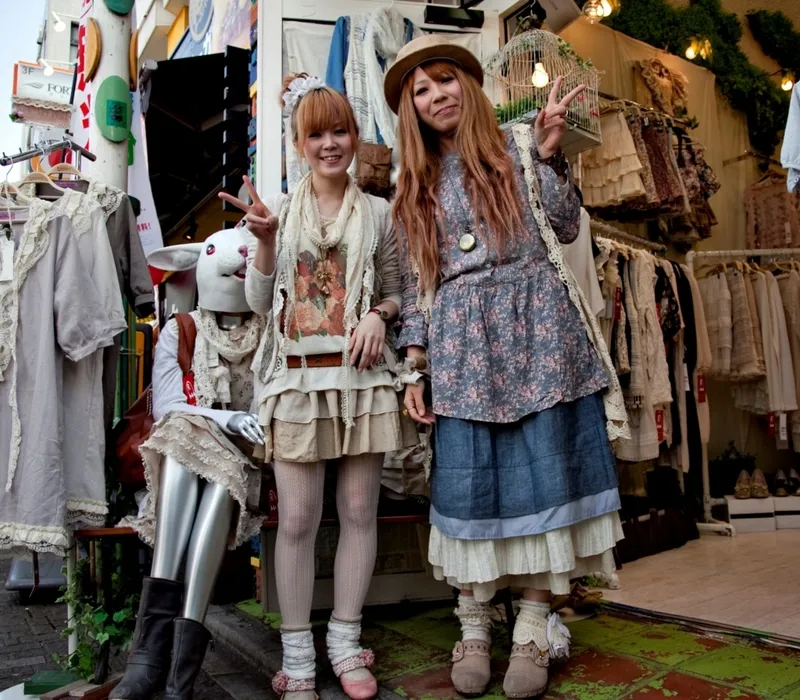
Mori Kei: Embracing Nature Vibes
Imagine stumbling upon a mystical fairy in a Japanese forest – while that may be rare, encountering Mori Kei on the streets of Tokyo is not. This trend embraces a forest-inspired vibe with earthy palettes, flowing dresses, and hiking boots, bringing a touch of nature into the urban fashion landscape.
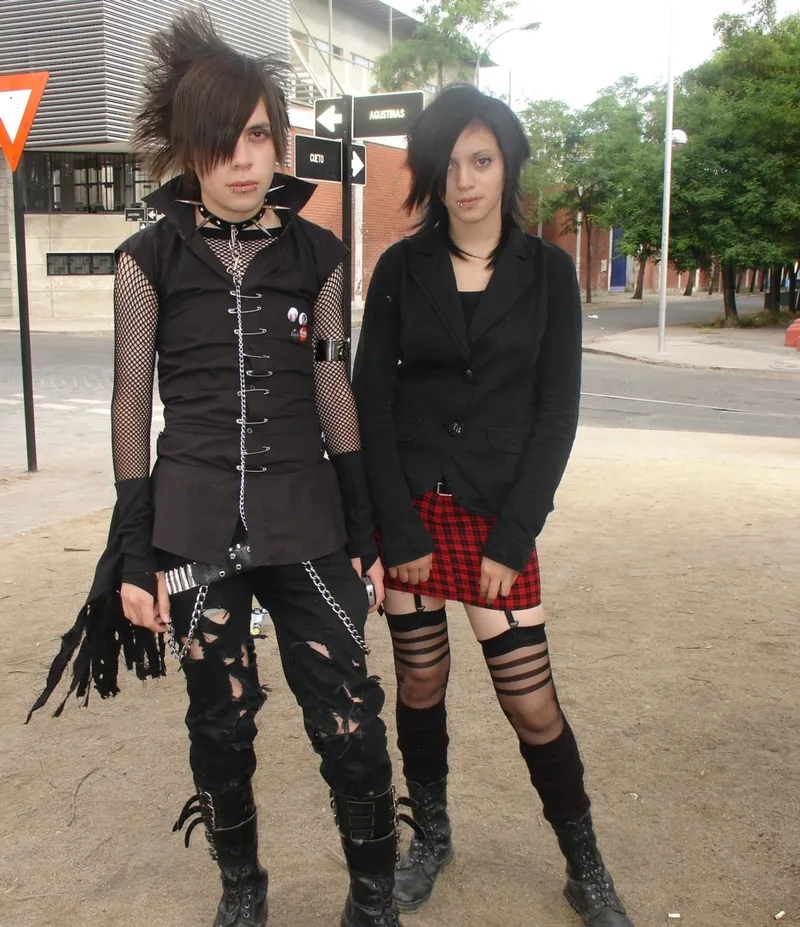
Visual Kei: Bold and Flamboyant Expression
Popularized by Japanese musicians since the 80s, Visual Kei is a bold and flamboyant style known for heavy makeup, elaborate hairstyles, and glam-rock costumes. This distinctive fashion statement has stood the test of time, continuing to captivate with its extravagant and theatrical flair.
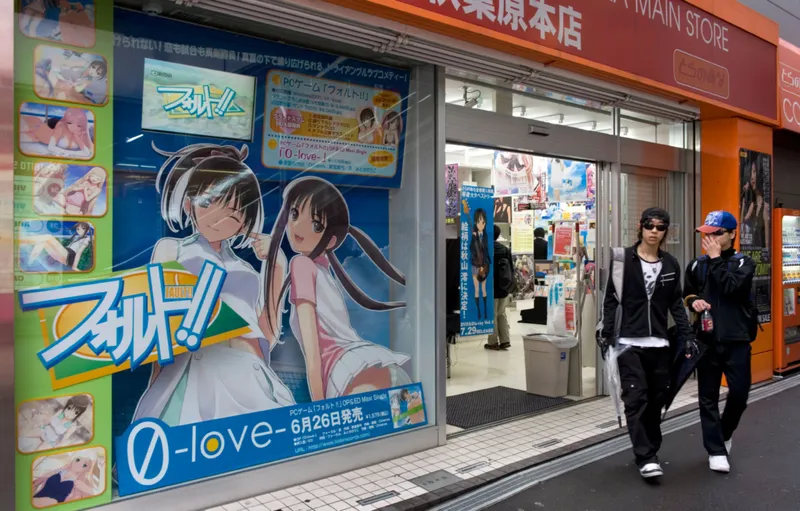
Otaku: Japan’s Cool Geek Culture
An Otaku in Japan is like a superfan or a geek who is deeply passionate about a particular interest, whether it’s anime, manga, video games, or other subcultures. What makes this trend fascinating is that being an Otaku is not just socially acceptable; it’s considered trendy and cool. This shift in perception has transformed things that were once seen as unfashionable or geeky into elements of a chic and stylish lifestyle within the Otaku community.
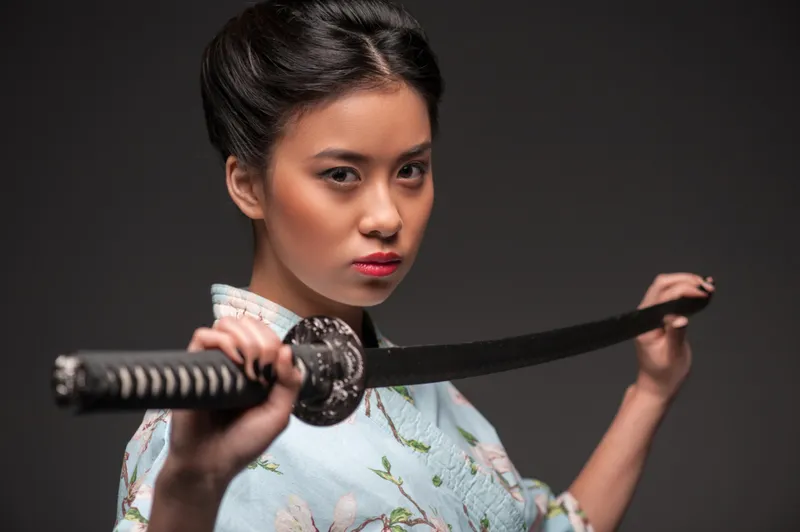
Reki-jo: Women into Ancient Japan
Reki-jo refers to Japanese women who are enthusiastic about the history of traditional Japan, particularly from the pre-industrial era. Despite the niche nature of this interest, the economic impact is substantial, generating a significant revenue of around US$725 million annually. These women are dedicated to preserving and celebrating the cultural remnants of ancient Japan, making this trend more than just a hobby but a thriving business.

Me No Shita Chiiku Trend: Under-Eye Blush Style
The Me No Shita Chiiku, also known as the Byojaku trend, has gained popularity on Japanese social media. It involves applying blush under the eyes, creating a unique and somewhat unconventional tired or sickly appearance. This distinctive approach to eye makeup has captured attention and become a viral sensation, showcasing how even small modifications can make a big impact in the world of beauty and fashion.
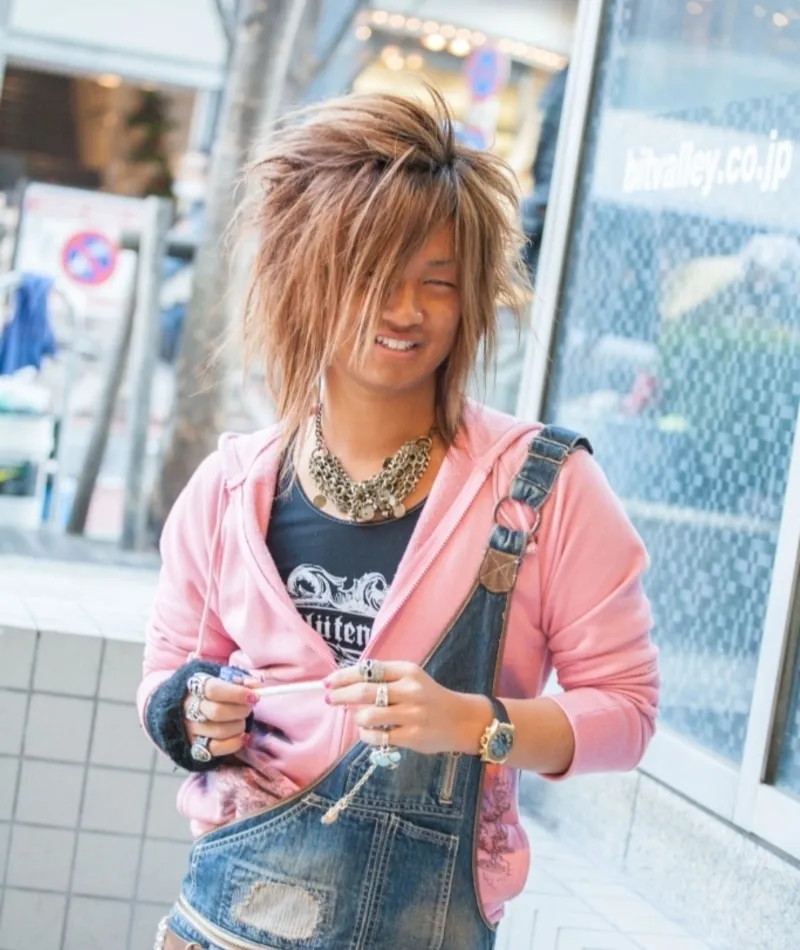
Gyaruo: Bold Style for Guys
Gyaruo is a subculture trend in Japan specifically designed for guys, allowing them to express themselves in a flamboyant yet boyish manner. Characterized by large, spiky hairdos and a mix of textures in clothing, from fluffy scarves to knitted cardigans, Gyaruo has gained considerable traction. The trend promotes individuality and creativity among men while still ensuring they fit in with the broader fashion scene.
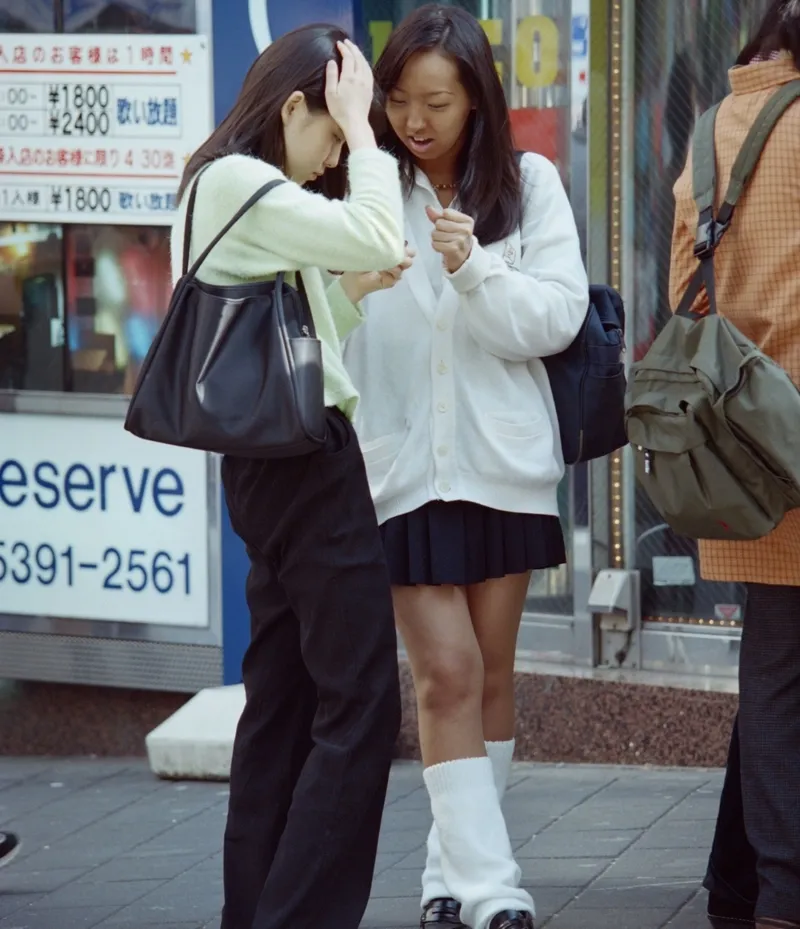
Kogal Culture: Schoolgirl Style for Grown-Ups
Kogal is a fashion trend that brings elements of schoolgirl style into the wardrobes of grown women in Japan. This aesthetic, recognized for oversized cardigans, pleated skirts, and loose, rolled-up socks, has not only become a local sensation but has also spread across Asia. It challenges conventional fashion norms, offering a cute and casual look for those who embrace this trend.

Kigurumi: Cozy Onesies Everywhere
Originating in the mid-1990s, the Kigurumi trend involves the widespread adoption of cute and comfortable onesies, often shaped like animals or characters. This trend has become so popular that it has crossed borders, reaching North America. The appeal lies in the comfort and cuteness of these onesies, making them a favorite not only for cozy nights in but also as a quirky and Instagrammable streetwear choice.

Cosplay: Dressing Up as Your Favorite Characters
Cosplay transcends being just a fashion statement; it is a cultural phenomenon. Participants, known as cosplayers, dress up as characters from anime shows, video games, TV, and movies. It’s not merely about wearing costumes; it’s a form of artistic expression and performance art. Originating in Japan, cosplay has become a global phenomenon, showcasing the universal love for bringing fictional characters to life.
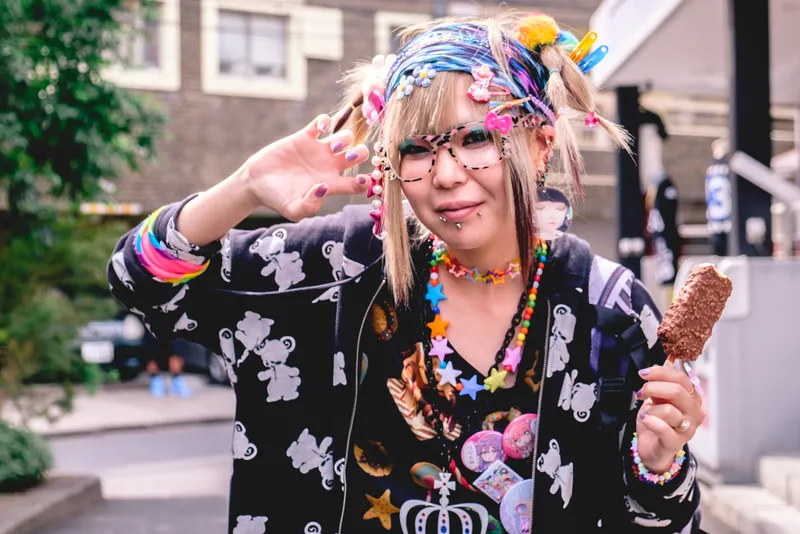
Decora: Harajuku Style Extravaganza
Decora is a bold and eye-catching fashion trend that originated in Harajuku, Tokyo. Followers of Decora fashion incorporate numerous colorful accessories such as hair clips, bracelets, and layers of vivid clothing into their outfits. This trend epitomizes the vibrant and eclectic styles associated with Harajuku fashion, with individuals expressing their creativity through a plethora of accessories and lively color combinations.
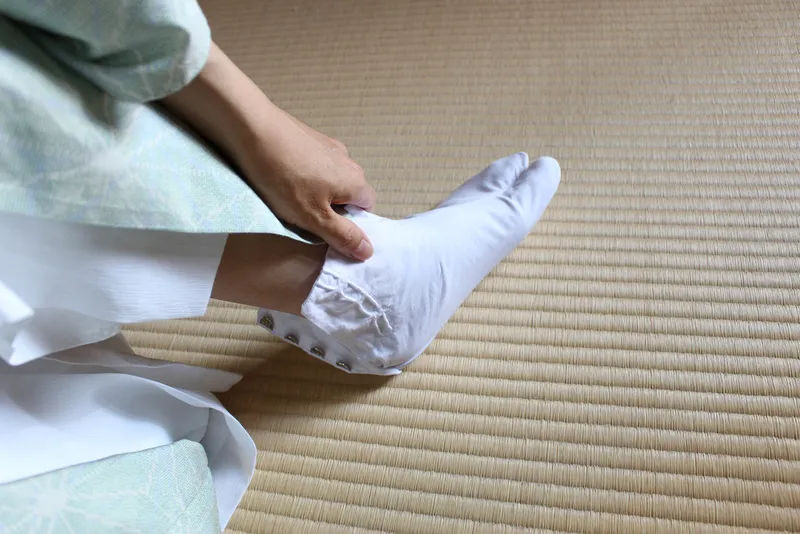
Traditional Tabi Socks: Modern Comfort from the Past
Tabi socks, with their distinctive split toe design, were historically worn by Japan’s high society in traditional settings. Originally associated with formal occasions like tea ceremonies, these socks have become more common for everyday comfort. The unique split toe is now appreciated for its comfort, and Tabi socks are poised to become a potential upcoming trend, blending traditional elements with contemporary fashion.
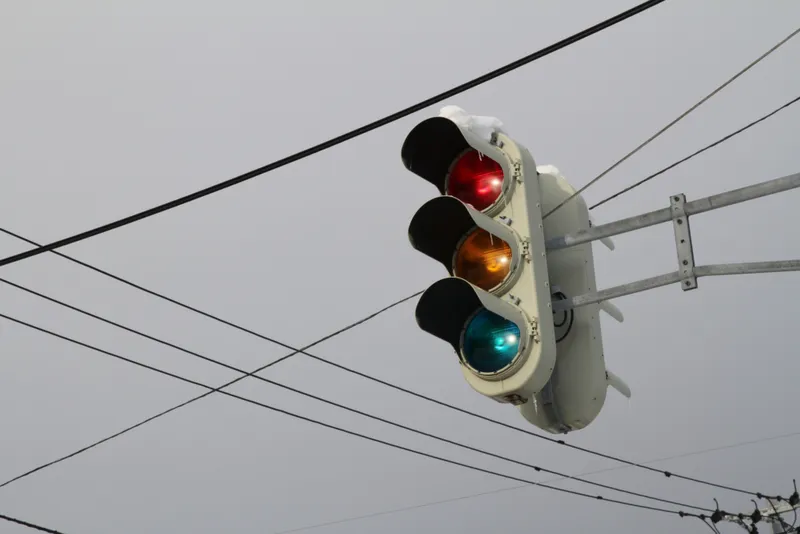
Blue Means Go: A Traffic Light Twist
In most countries, green signifies ‘go,’ and red means ‘stop.’ However, Japan adds a unique twist by using blue alongside yellow and red in their traffic lights. This can be a source of confusion for international travelers, but it highlights the distinctive and sometimes surprising cultural nuances that can be encountered in daily life in Japan. In Japan, when you see blue, remember – it also means ‘go’!
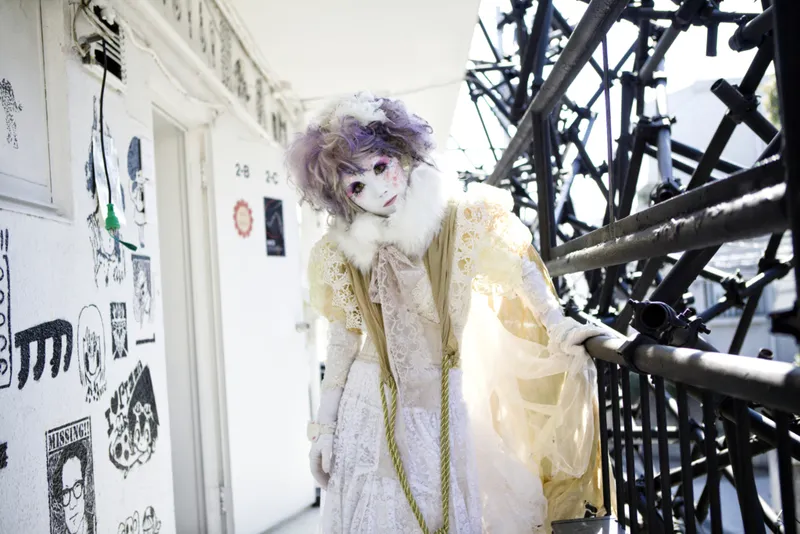
Shironuri: Vintage-Inspired White Makeup
Shironuri is a unique style where people wear heavy white and powdery makeup, along with vintage and decorative outfits. This makeup trend has a rich history dating back to the 9th century when affluent women used it as a symbol of status to showcase their wealth. Nowadays, it’s part of the visual kei subculture, which should not be confused with the Harajuku community. Visual kei embraces eccentric styles, and Shironuri fits right in with its bold makeup and fashion choices.
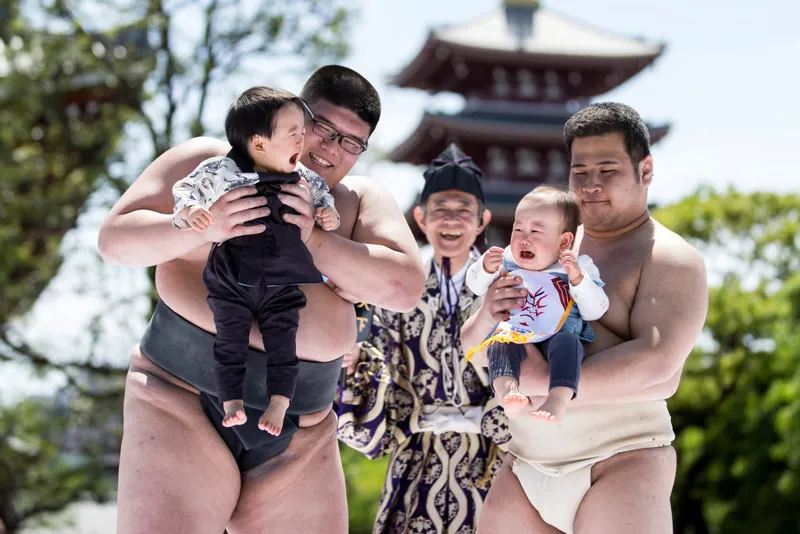
Omiyarimi: Crying for Good Health
Omiyarimi is a lesser-known tradition in Japan where parents encourage their babies to cry during the Naki Zumo festival. This century-old practice is believed to bring babies good health. During the festival, parents bring their babies to sumo wrestlers who make funny faces and taunt the infants, encouraging them to cry. This is thought to ward off evil spirits and ensure the well-being of the babies.
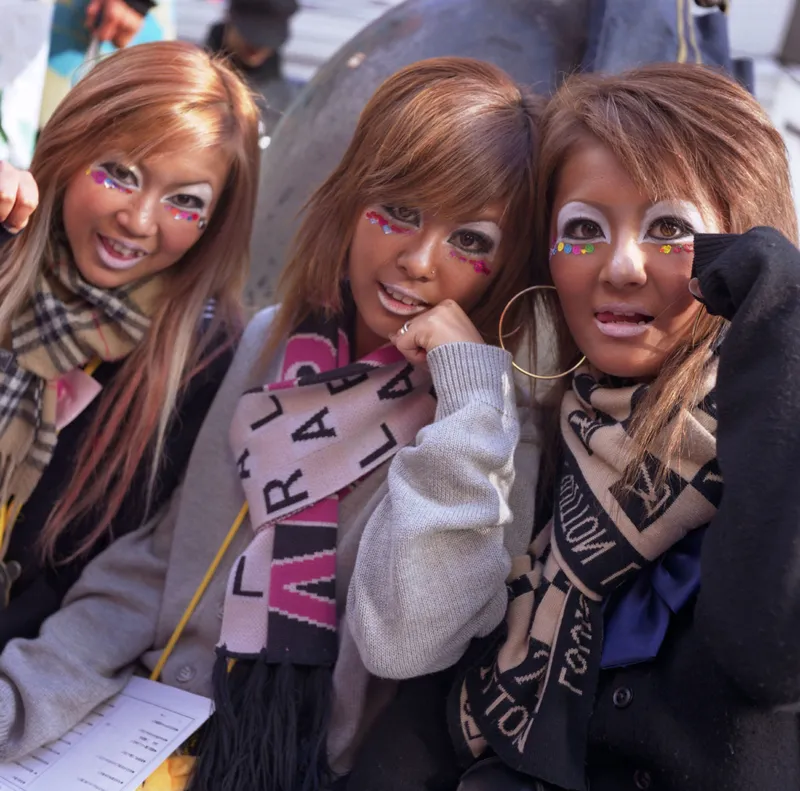
Ganguro: Defying Traditional Beauty Standards
Ganguro is a fashion trend among young fashionistas that emerged as a rebellion against the traditional ideal of pale skin. Known for its liberal use of makeup and a dark tan, Ganguro followers also bleach their hair and opt for unusually colorful makeup for a striking contrast. This trend challenges conventional notions of beauty and embraces a bold and unconventional look.
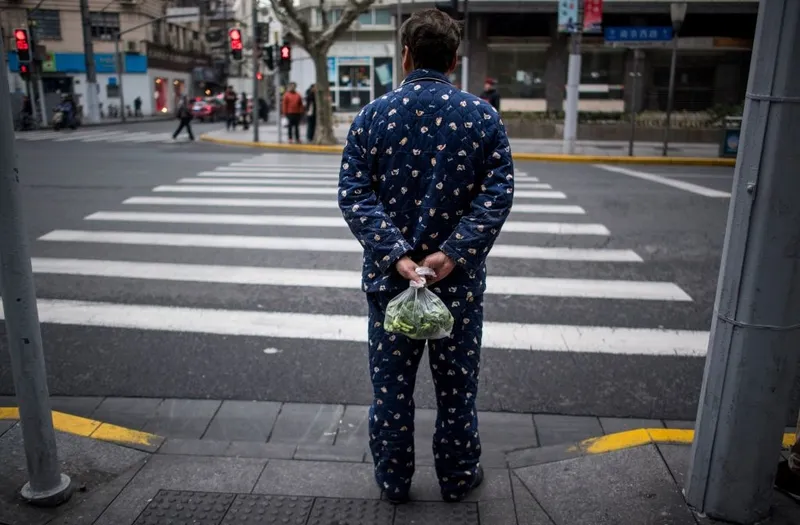
Sleepy Time Chic: Casual Streetwear Trend
With the rise of casual chic fashion worldwide, Japan introduced the Sleepy Time Chic trend. This streetwear style originated as an offshoot of Japanese culture, where people started wearing oversized pajama bottoms and old tees as part of their everyday look. This trend blurs the lines between bedtime comfort and street fashion, reflecting a laid-back and effortlessly cool vibe.
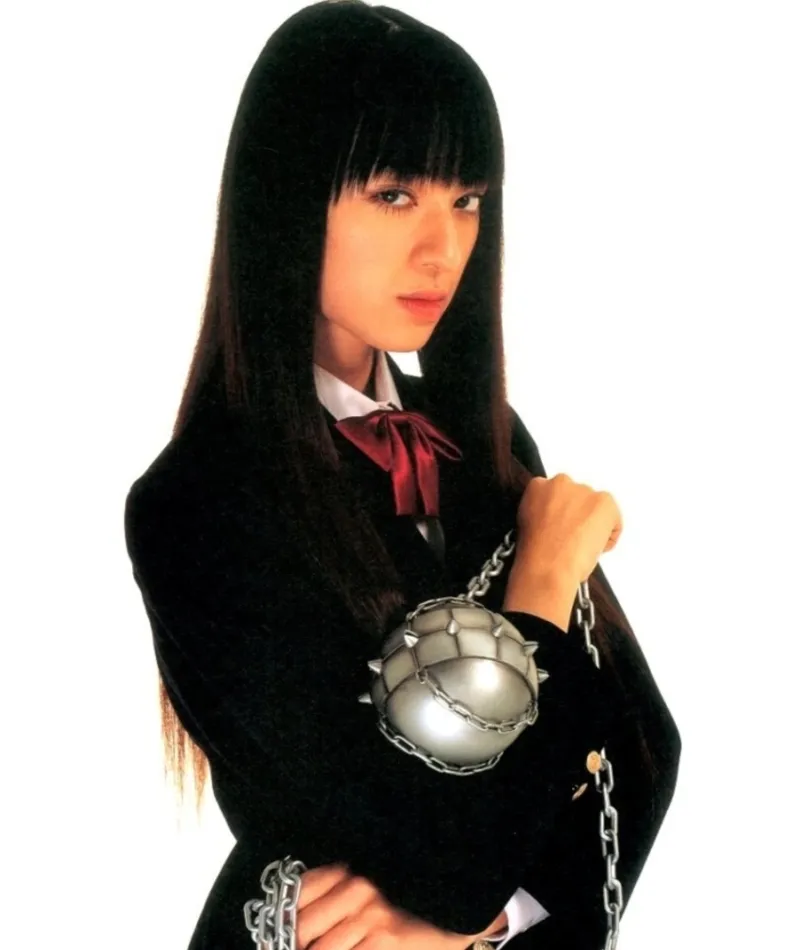
Sukeban: Boss Girl Aesthetic
Sukeban, translating to “boss girl,” is not just a trendy look but a way of life. Mostly adopted by women, this aesthetic showcases an edgy demeanor, alternative clothing customizations, and a lot of sass. Sukeban girls exude confidence and attitude, making it clear that crossing paths with them might not be the best idea.
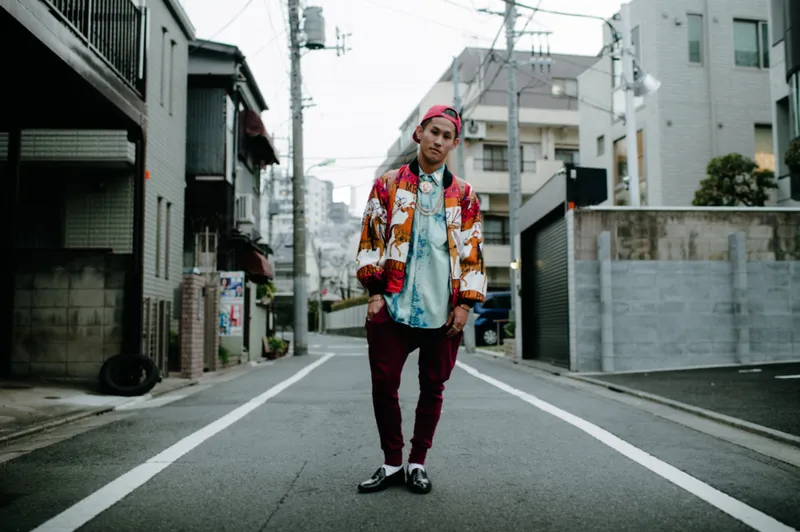
Yankii: Embracing the “Bad Boy” Aesthetic
Yankii can be seen as Japan’s take on the rebellious “bad boy” or “bad girl” aesthetic. Members of the Yankii community rebel against the respectable Japanese ideals of politeness by embracing a tough and rebellious image. Often seen wearing customized tracksuits, Yankiis pair their outfits with an extravagant attitude, showcasing a willingness to fight for their style and identity.

Bagel Anyone?: Temporary Forehead Swelling Trend
A peculiar trend that gained popularity on Instagram involves using a saline solution to temporarily swell up the forehead, creating a bagel shape. While the look only lasts a few hours, it has become a notable trend in Japan. Originating in Canada, this bizarre trend has found a significant following in Japan, showcasing the willingness of fashion enthusiasts to experiment with unconventional styles.
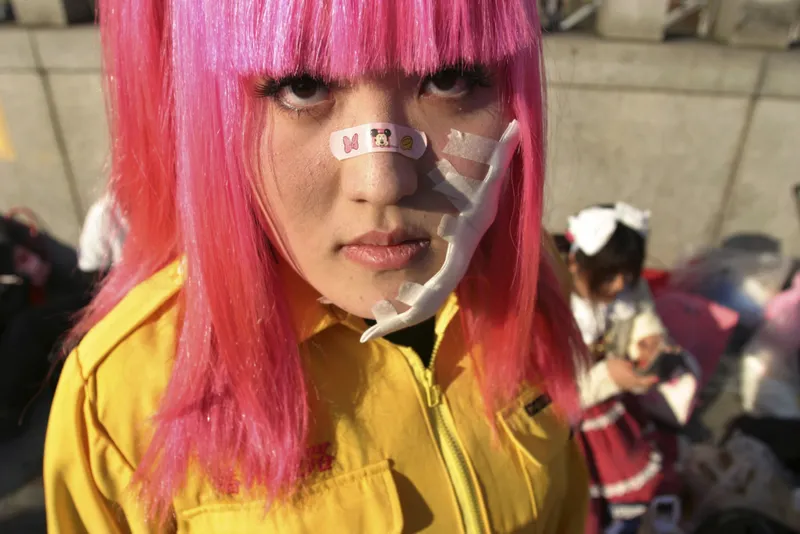
Kegadoru: Injured Idols Fashion Trend
Kegadoru, seen in the Harajuku precincts, translates to “injured idols.” This fashion trend involves wearing bandages and eye patches as a prominent part of the style. The appeal lies in looking vulnerable and injured while boldly showcasing these elements. Kegadoru challenges conventional notions of fashion perfection by embracing a unique and visibly distressed aesthetic.
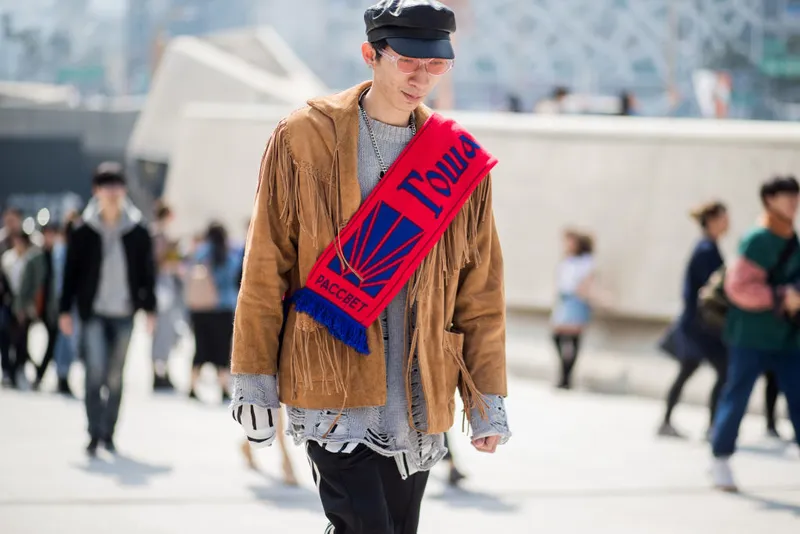
Inspired by Russia: Eastern European Fashion Obsession
In recent years, Japan has shown an obsession with Eastern European fashion. Tokyo’s fashion trends often include parading Cyrillic-lettered clothing, showcasing a cultural exchange where styles from Eastern Europe are embraced and incorporated into Japanese fashion culture.
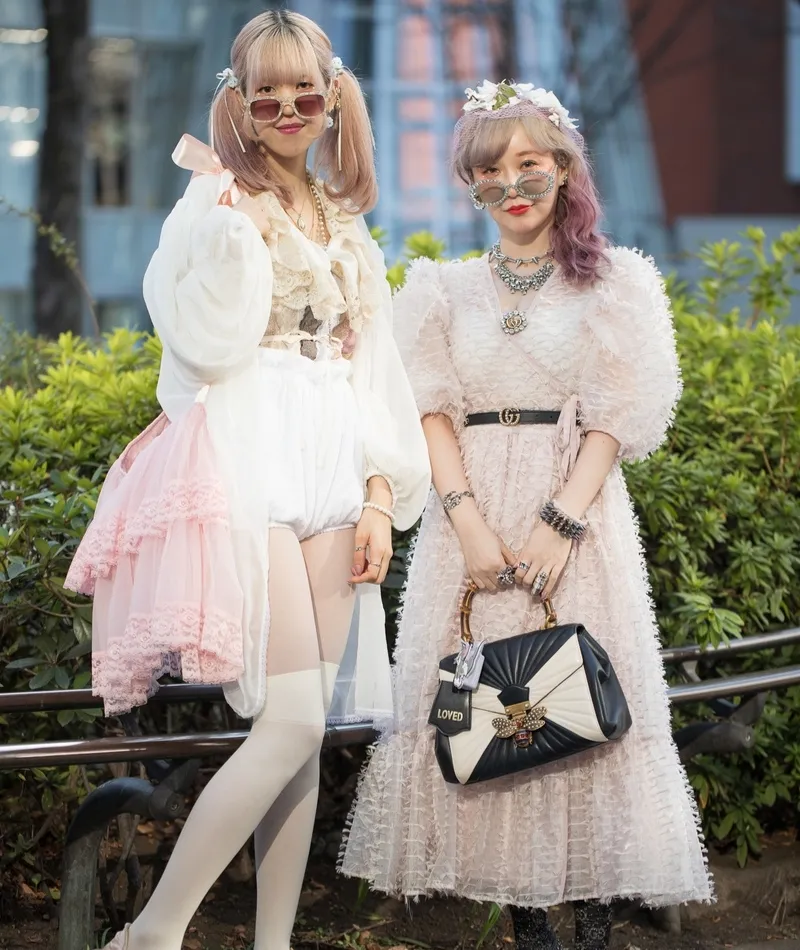
Cult-like Party Kei: ’80s-’90s Characters with Angelic Influences
Cult-like Party Kei is a trend curated around looks that combine ’80s-’90s characters with angelic influences. The style incorporates white shades, laces, textured fabrics, and light pastels to create an angelic streetwear look. This trend captures the nostalgia of past decades while infusing a modern and ethereal aesthetic.
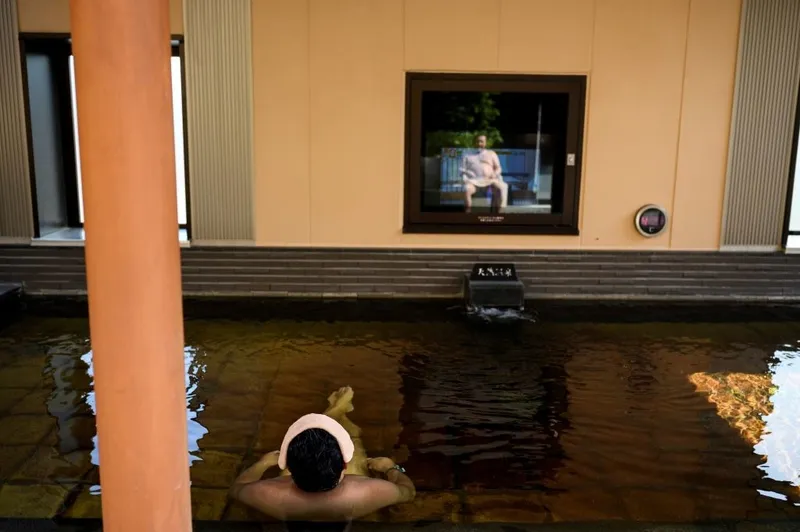
Bath-Houses: Niche Experiences in Traditional Settings
Japan’s age-old tradition of bathhouses has taken a modern twist with niche experiences. Green tea baths and sake baths offer unique and adventurous spa experiences, providing a contemporary touch to the longstanding tradition of communal bathing.
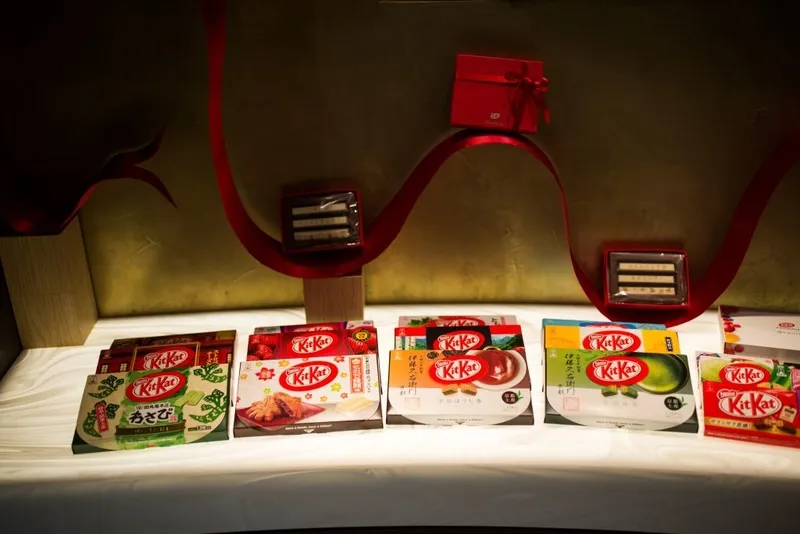
Any Flavor Kit-Kats: Diverse Kit-Kat Options
In Japan, Kit-Kats come in more than 300 different flavors, ranging from matcha to grilled corn. The extensive variety allows people to enjoy unique and unconventional tastes, including wasabi, miso, and sweet potato. Kit-Kat’s popularity in Japan is also linked to its name, which often translates to “you will win” in Japanese, making it a popular gift symbolizing good luck.
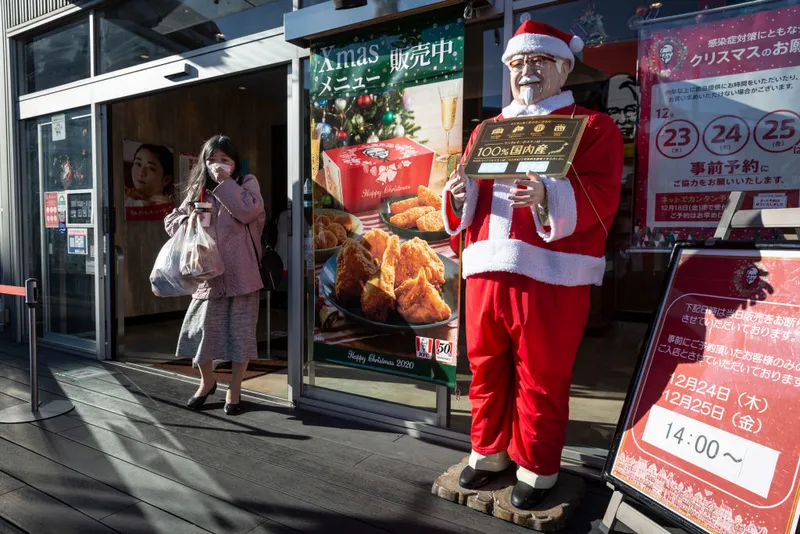
KFC Tradition: Unconventional Christmas Celebration
Although Christmas isn’t traditionally celebrated in Japan, a unique tradition has emerged where people celebrate by dining at KFC on Christmas Eve. This unconventional practice has gained popularity, with locals even ordering their KFC meals weeks in advance to ensure they can enjoy this festive fast-food feast.
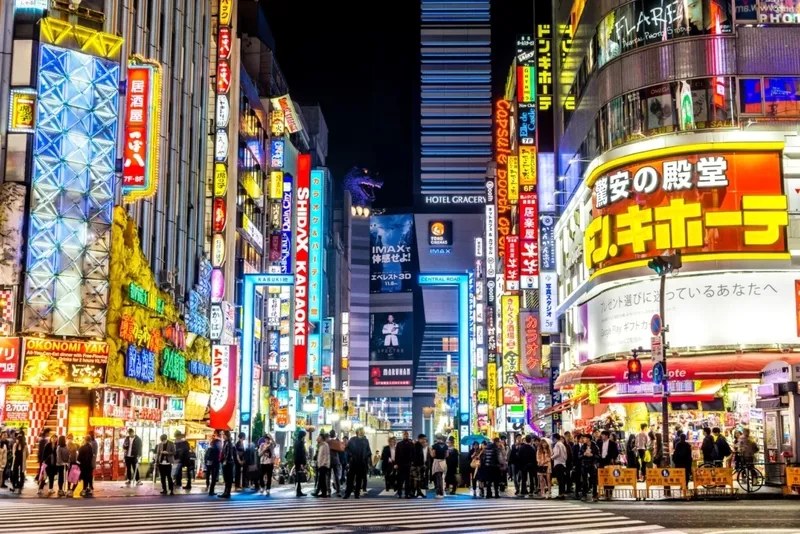
Big in Japan: Godzilla, Tokyo’s Tourism Ambassador
Tokyo’s Shinjuku neighborhood, known for its high population density, granted citizenship to its largest resident, Godzilla, in 2015. As Tokyo’s tourism ambassador, Godzilla has the task of promoting the city while watching over its citizens. This whimsical citizenship and job offer showcase Japan’s unique blend of pop culture and tradition.
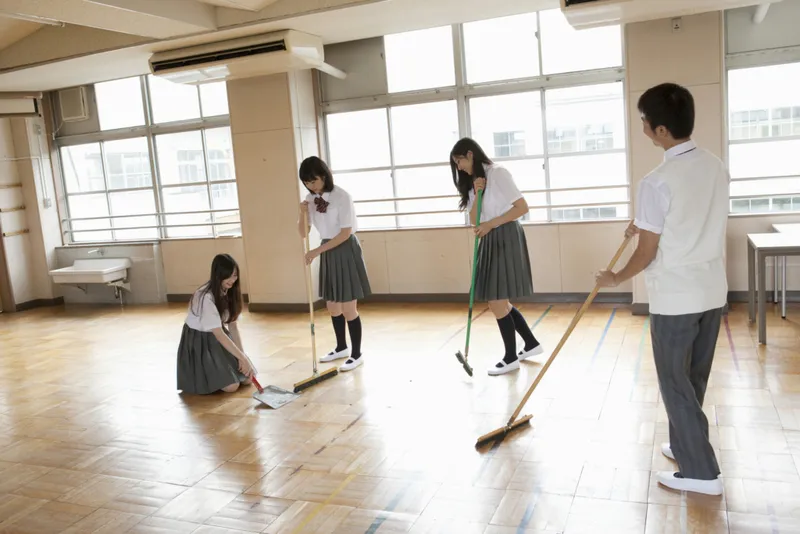
Kids Clean After Themselves: Lessons in Responsibility
In Japan, students learn responsibility from a young age as cleaning their own classrooms is a part of the school curriculum. Even first graders actively participate in maintaining cleanliness in their classrooms and serving lunch to their classmates. This practice extends beyond the classroom, teaching students to clean up the areas surrounding their school, fostering respect for the environment.
The Japanese education system places a strong emphasis on instilling a sense of responsibility and community in its students. This daily ritual of cleaning reinforces the idea that everyone has a role to play in maintaining a clean and organized learning environment. Moreover, it cultivates a mindset of shared responsibility and pride in one’s surroundings, creating a positive atmosphere conducive to learning.

Train Delays: Punctuality at its Peak
In a culture known for its efficiency, Japan takes train delays seriously. Japanese railway companies issue public apologies even for trains departing a mere 20 seconds earlier than scheduled. This emphasis on punctuality might seem extreme to many, especially when compared to the more lenient approach to traffic delays in other parts of the world.
The Japanese commitment to punctuality reflects a broader cultural value placed on time management and efficiency. This meticulous approach to scheduling not only ensures smooth transportation operations but also reflects a societal expectation for precision and reliability. The public apologies for minor delays underscore the importance placed on respecting others’ time and adhering to established schedules.
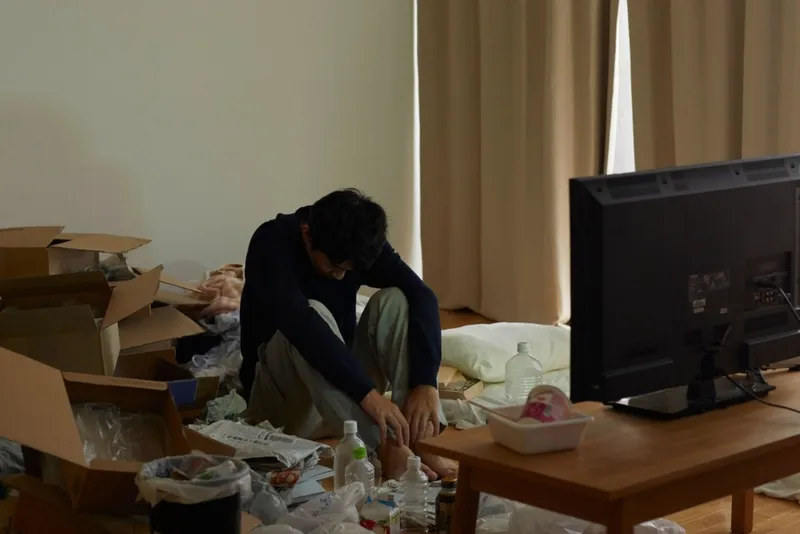
Hikikomori Hermits: Social Withdrawal
Japan experiences a unique phenomenon known as Hikikomori, where individuals withdraw completely from social activities, choosing to live in isolation. This trend, while not exclusive to Japan, has become somewhat common, with over half a million citizens distancing themselves from society, spending their days secluded in their rooms.
Hikikomori reflects a complex interplay of societal pressures, mental health challenges, and cultural dynamics in Japan. The phenomenon has garnered attention for its prevalence and societal implications, prompting discussions about the impact of societal expectations on individual well-being. It highlights the need for a nuanced understanding of mental health issues and social dynamics within the context of Japanese culture.
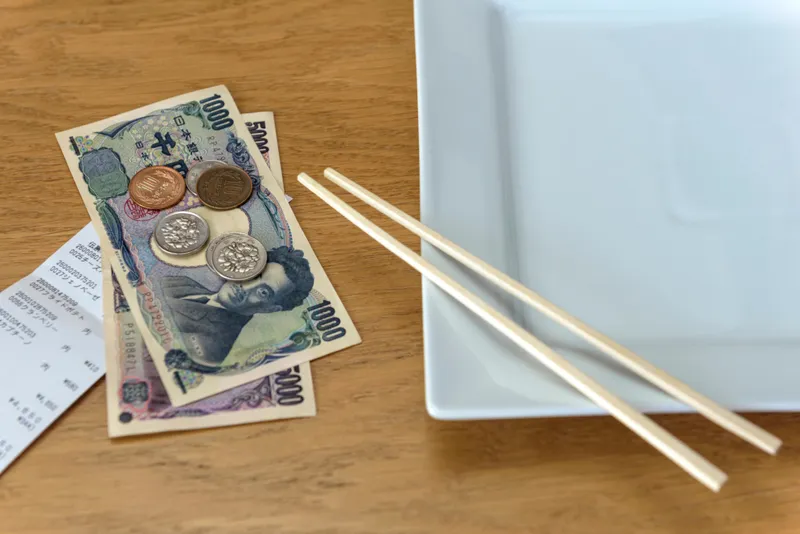
Don’t Tip in Japan: Rethinking Gratuities
Contrary to many countries where tipping is customary, tipping is considered rude in Japan. The belief is that good service is already included in the payment, and leaving a tip might be perceived as questioning the quality of service. In Japan, standards of work are high, and tipping is often adamantly refused.
The Japanese perspective on tipping reflects cultural norms surrounding hospitality and service. The emphasis on providing excellent service as a standard practice stems from a commitment to professionalism and pride in one’s work. Tipping is viewed as unnecessary because customers are expected to receive exceptional service as a matter of course, reinforcing the idea that quality service is an integral part of the overall experience.
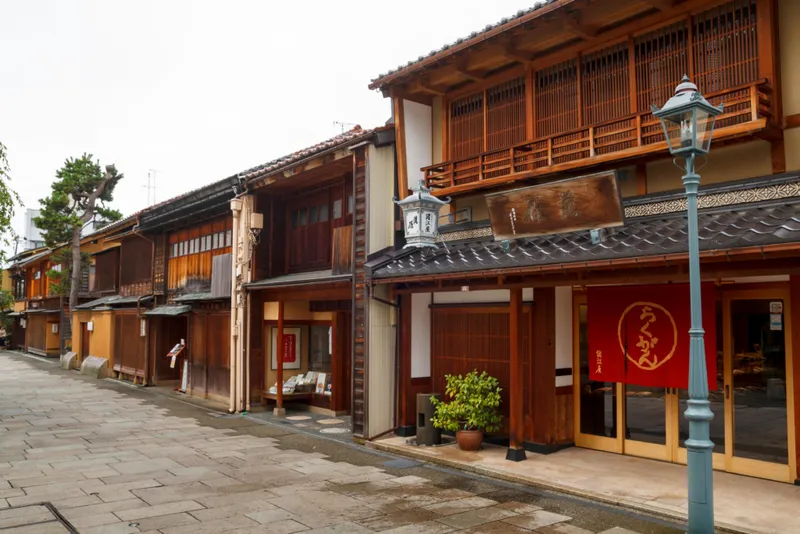
No Name Street: Complex Addressing System
In Japanese neighborhoods, streets often lack names, using a complex addressing system. Postal addresses start with the local authority, followed by the city or municipality name, and then narrow down to the exact block. The lack of street names is attributed to the numbering of blocks based on when they were built, resulting in most streets remaining nameless.
Japan’s addressing system reflects a meticulous and hierarchical approach to geographic identification. The absence of street names is compensated by a systematic and organized method of locating places. The reliance on block numbers and chronological order in construction provides a unique insight into urban planning, emphasizing functionality and precision in navigation.

Rabbit Island: Bunny Haven
Known as Bunny Island or Okunoshima, this island is a major tourist attraction due to its adorable inhabitants—hundreds of wild rabbits freely roaming the pathways and forests. It’s a unique and cute phenomenon where nature and wildlife coexist, drawing thousands of visitors each year.
Bunny Island showcases a harmonious relationship between humans and nature. The decision to let rabbits roam freely on the island creates a charming and heartwarming experience for visitors. This unique approach to ecotourism promotes a sense of wonder and appreciation for the natural world, fostering a connection between people and the environment.

Capsule Hotels: Cozy Budget Accommodations
Capsule hotels in Japan offer a unique and budget-friendly accommodation experience. Despite their small size, these capsules provide comfort with shared bathrooms and amenities such as flat-screen TVs, books, coffee machines, and entertainment rooms. They present an innovative solution for those on a tight budget.
Capsule hotels represent a blend of practicality and efficiency in the realm of accommodation. The compact design optimizes space without compromising on essential amenities, catering to travelers seeking a cost-effective and streamlined lodging option. This concept has gained popularity for its affordability and modern approach to hospitality, attracting a diverse range of visitors.

Japanese Love Hotels: Privacy by the Hour
Japan’s Love Hotels, renting rooms by the hour, serve a different purpose than similar establishments in the West. Designed to provide privacy in a country with small households, Love Hotels cater to married couples, those in relationships, and even singles seeking a quiet retreat.
Love Hotels offer a unique solution to the challenges posed by limited privacy in densely populated urban areas. The concept reflects a cultural acknowledgment of diverse relationship dynamics and the need for discreet, short-term accommodations. The availability of themed rooms adds an element of novelty, contributing to the overall experience of privacy and intimacy.
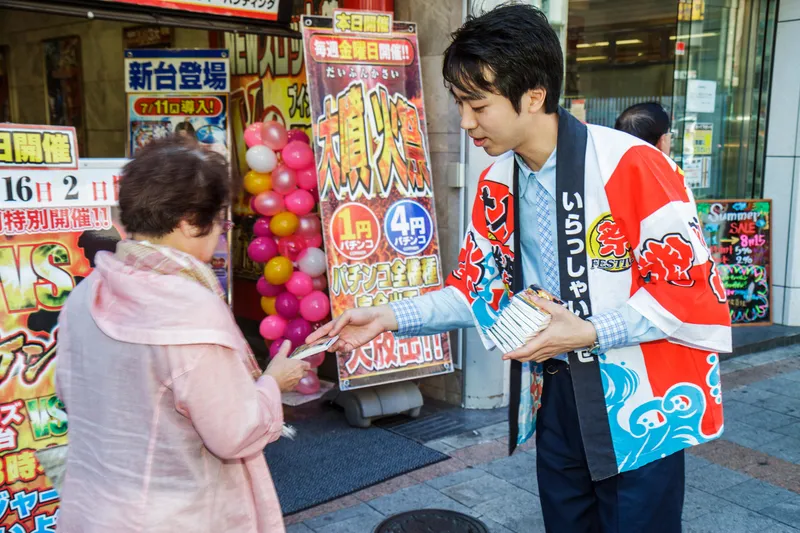
Free Tissues Anyone?: Unique Advertising Strategy
In Japan, big brands use tissues as a creative advertising strategy. Tissues are distributed on the streets of major cities, not only promoting the brand but also serving as a practical solution for people with runny noses. It’s a unique and effective way to bring awareness to a brand.
The distribution of free tissues exemplifies an innovative and practical approach to advertising. By addressing a common need (tissues for runny noses) while subtly promoting a brand, companies create a positive association with their products. This unconventional strategy engages consumers on a personal level, demonstrating an understanding of their everyday needs.
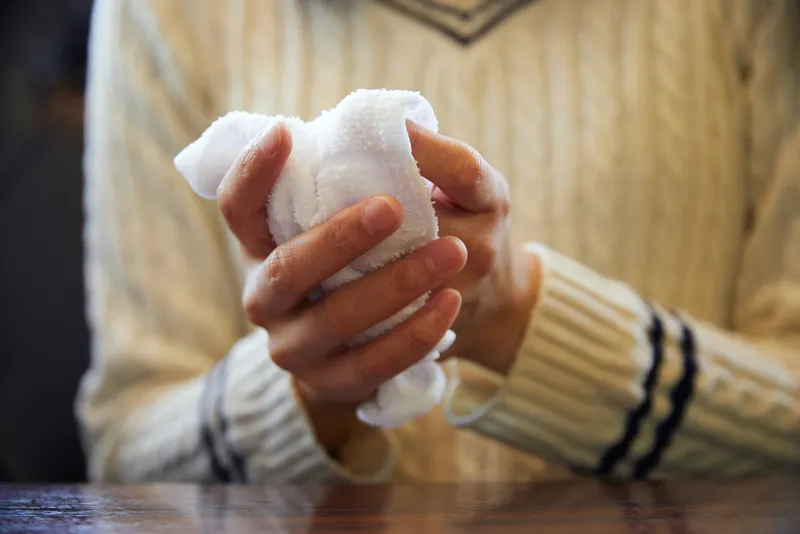
Oshibori: Refreshing Wet Wipes
In Japanese restaurants, the custom of offering Oshibori, wet wipes, is well-established. These wipes, provided between courses, serve to freshen up diners. Unlike in many other places where wet wipes are commonly used for messy foods, in Japan, Oshibori accompanies any meal.
Oshibori reflects the Japanese commitment to cleanliness and hospitality in dining establishments. The provision of wet wipes between courses enhances the dining experience, allowing patrons to refresh and cleanse their hands before proceeding to the next dish. This thoughtful gesture aligns with cultural norms of cleanliness and attention to detail in service.
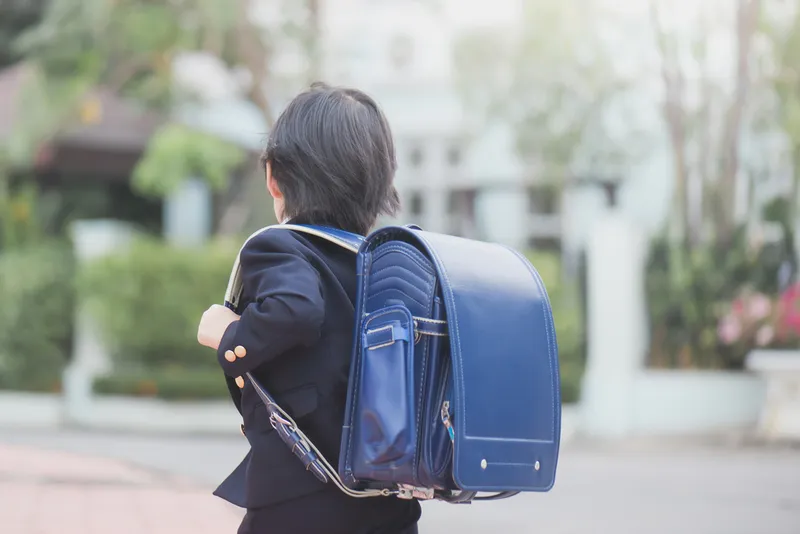
Randoseru Backpacks: Symbol of Schooling
Japanese school kids receive a Randoseru backpack when they start school at the age of six, and it lasts throughout their six years of elementary school. These leather-made, top-quality backpacks are a cultural symbol, with various designs and brands adorning the children on their way to school.
Randoseru backpacks symbolize the rite of passage into formal education in Japan. The durability and longevity of these backpacks not only reflect their high-quality craftsmanship but also serve as a visual representation of a child’s educational journey. The diverse designs showcase personal preferences and fashion choices while fostering a sense of identity and pride.

Kotatsu: Cozy Winter Warmth
In a country where central heating is not common, Japan embraces the Kotatsu during cold winters. This combination of an electric table and blanket guarantees a warm and cozy ambiance, raising the question of how one is supposed to get up from such comfort.
The Kotatsu represents a traditional yet practical solution to combat the chill of Japanese winters. Its design, integrating a heated table and blanket, creates a communal space for warmth and comfort. The challenge of leaving the cozy setup echoes the irresistibility of this cultural phenomenon, adding a touch of humor to the shared experience of enjoying warmth during colder seasons.
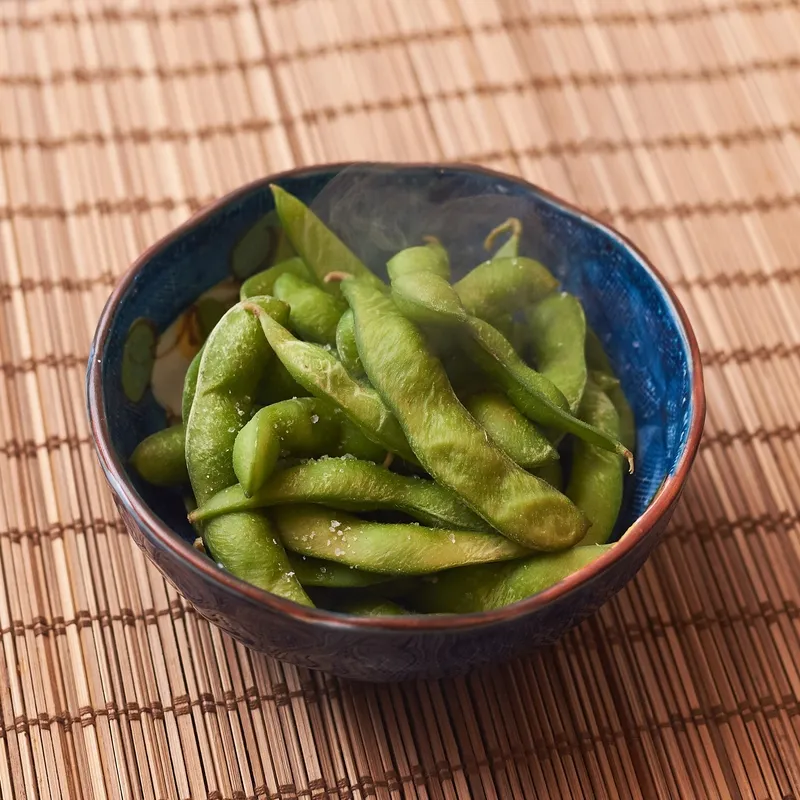
Otoshi: Complimentary Appetizers
Japanese restaurants often surprise diners with Otoshi, complimentary appetizers served either immediately after ordering or upon seating. These small dishes, which may include edamame and spicy octopus, provide a delightful and unexpected start to the meal.
Otoshi embodies the Japanese commitment to hospitality and enhancing the dining experience. By offering complimentary appetizers, restaurants demonstrate generosity and a desire to delight customers from the moment they sit down. The variety of small dishes introduces patrons to different flavors and sets a positive tone for the culinary journey that follows.
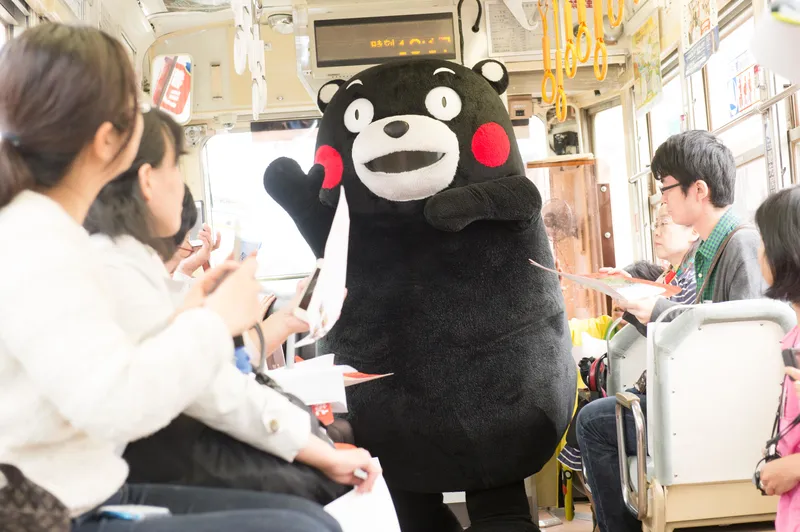
Yuru-Kyara: Quirky Mascot Mania
A distinctive sight in Japan is the Yuru-Kyara, over-the-top mascots used to promote businesses and events. Iconic characters like Kumamon from Kumamoto Prefecture and NHK’s Domo-Kun have become influential in boosting local turnovers, showcasing the unique role these mascots play in Japanese marketing.
Yuru-Kyara represents a fascinating intersection of Japanese pop culture and marketing ingenuity. These whimsical mascots capture attention, evoke emotions, and create a memorable connection between consumers and brands. The success of mascots like Kumamon highlights the effectiveness of incorporating creativity and charm into promotional strategies, contributing to the vibrant visual landscape of Japanese advertising.
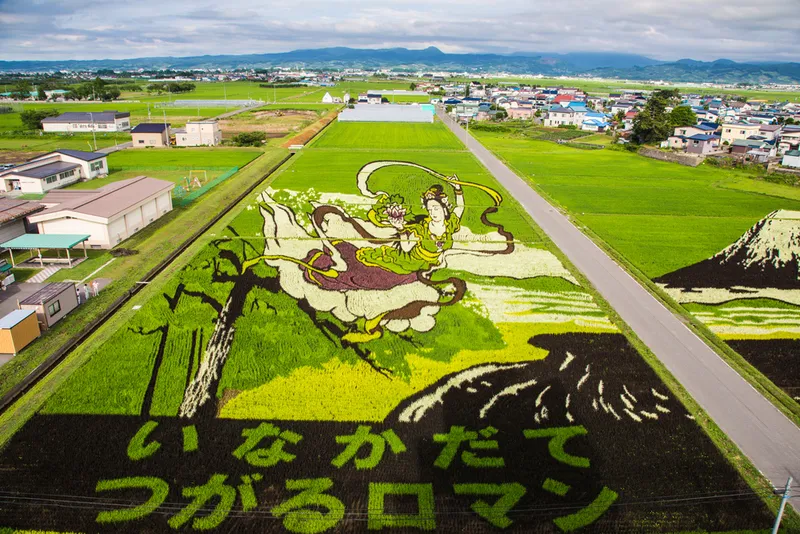
Rice Paddy Art: Nature’s Canvas in Japan
Embark on a journey through Japan’s picturesque landscapes and witness the enchanting rice field illustrations, a unique spectacle that graces the country from June to October. Originating nearly three decades ago as a marketing campaign for a rice brand, these captivating artworks have evolved into a distinct form of Japanese artistic expression.
The rice paddy art serves as a testament to Japan’s creativity and the seamless integration of nature and art. It has become a seasonal attraction, inviting locals and tourists alike to appreciate the ephemeral beauty that unfolds across the vast rice fields. This harmonious blend of agriculture and aesthetics showcases Japan’s ability to transform everyday elements into extraordinary displays of natural artistry.

Bottomless Alcohol (Nomi-Hodai): Drink Freely, Pay Fixedly
Experience the liberating concept of Nomi-Hodai, where concerns about the check fade away. Introduced for group diners, Nomi-Hodai involves paying a fixed price, granting patrons the freedom to indulge in unlimited alcohol consumption. However, this bottomless beverage bonanza is exclusively available for those dining in large groups.
Nomi-Hodai reflects Japan’s innovative approach to dining experiences, offering a cost-effective and enjoyable solution for those seeking a night of camaraderie and celebration. It adds a social dimension to the act of dining out, encouraging shared moments and conviviality among friends and acquaintances.
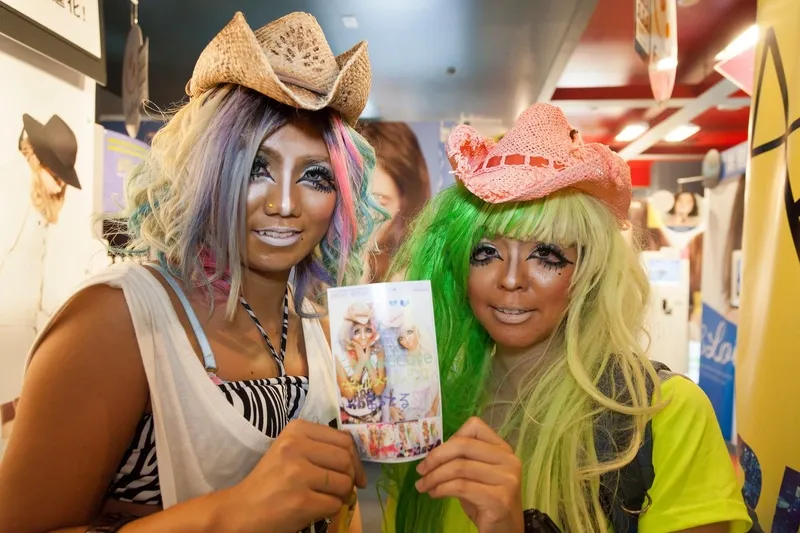
Purikura: Photobooths with a Twist
Enter the world of Purikura, Japan’s enhanced version of a simple photo booth. Unlike standard photo sessions, Purikura allows individuals to transform into their desired personas or favorite icons instantly. This technological upgrade offers a whimsical and personalized touch to the traditional photo-taking experience.
Purikura exemplifies Japan’s knack for infusing innovation into everyday activities. It caters to a desire for self-expression and creativity, turning a routine photo session into a fun and interactive process. The popularity of Purikura highlights Japan’s ability to turn ordinary moments into extraordinary memories.

Slippers…for the Toilet: Hygiene at Every Step
Embrace a unique Japanese custom – toilet slippers designed to shield individuals from unpleasant surprises on restroom floors. Widely available in entertainment venues across Japan, these slippers offer a practical solution for maintaining hygiene, especially in households with young boys.
This quirky yet practical tradition reflects Japan’s meticulous attention to cleanliness and hygiene. The provision of specialized slippers for toilet use underscores the cultural emphasis on maintaining a pristine and orderly living environment. It adds a touch of humor to everyday rituals while promoting cleanliness in a lighthearted manner.
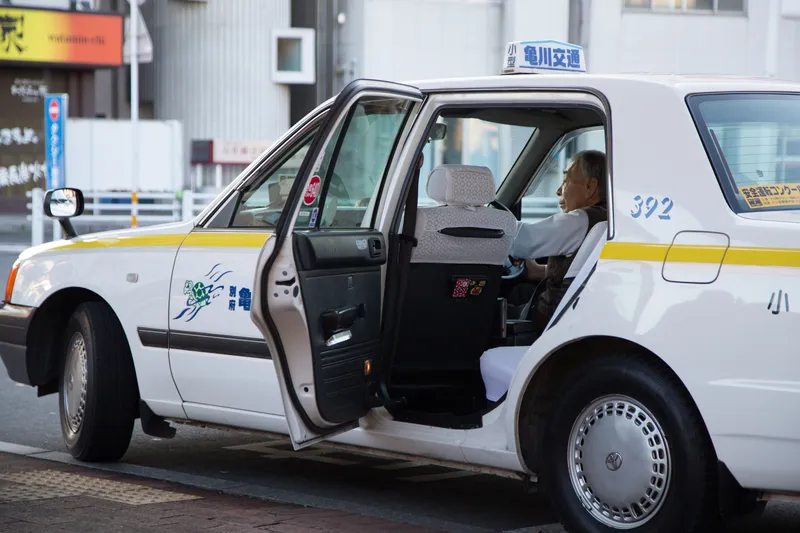
Taxi Doors: Convenient Courtesy
Discover a small but significant customer service touch in Japanese taxis – the automatic door-opening button. A common feature in most taxis, this button allows passengers to effortlessly open the doors, freeing their hands for shopping bags or other belongings.
The inclusion of automatic door-opening buttons in taxis exemplifies Japan’s commitment to enhancing customer experiences. It showcases a thoughtful approach to convenience, making the journey more comfortable for both passengers and drivers. For first-time travelers, this subtle yet practical feature adds an element of surprise to their transportation experience.

Energy Drink Culture: Boosting Workforce Stamina
Delve into Japan’s bustling energy drink culture, a phenomenon fueled by the nation’s reputation for relentless working hours. These energy-boosting beverages, available in diverse shades and forms, have become ubiquitous, found everywhere from convenience stores to drugstores.
The prevalence of energy drinks in Japan reflects the demands of a fast-paced and industrious society. Presented in medication-style bottles, these drinks symbolize the acknowledgment of fatigue and the need for a quick stamina boost. The energy drink culture mirrors Japan’s commitment to productivity and efficiency in the face of demanding work schedules.

Mask: A Cultural Norm Beyond 2020
Explore the enduring practice of wearing facial masks in Japan, extending far beyond recent global events. Worn on public transportation, during illness, or to combat seasonal pollen, masks have become a deeply ingrained aspect of Japanese culture.
The widespread use of masks in Japan reflects a cultural norm centered around consideration for others and personal well-being. Over the years, mask etiquette has become an integral part of daily life, showcasing Japan’s commitment to communal health practices. In the face of changing circumstances, the continued prevalence of masks exemplifies adaptability and resilience.
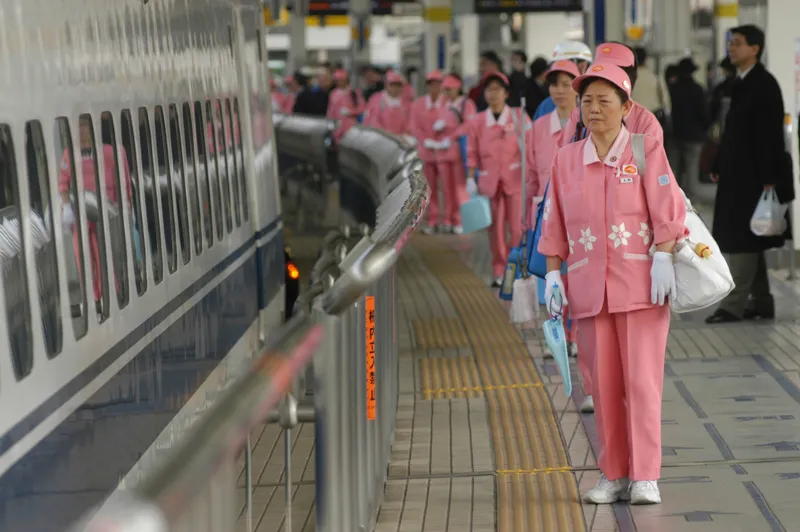
Train Cleaning: Swift Shinkansen Sparkle
Marvel at the efficiency of Japan’s train cleaning process, a spectacle where the entire length of a Shinkansen bullet train is cleaned, sanitized, and prepared for the next journey in just ten minutes. This rapid turnaround sets a standard that contrasts with practices in many western countries.
The swift cleaning of Shinkansen trains reflects Japan’s dedication to precision and punctuality. It underscores the meticulous approach to maintaining cleanliness and order within the transportation system. This cultural commitment to excellence contributes to the overall reliability and efficiency of Japan’s renowned Shinkansen network.
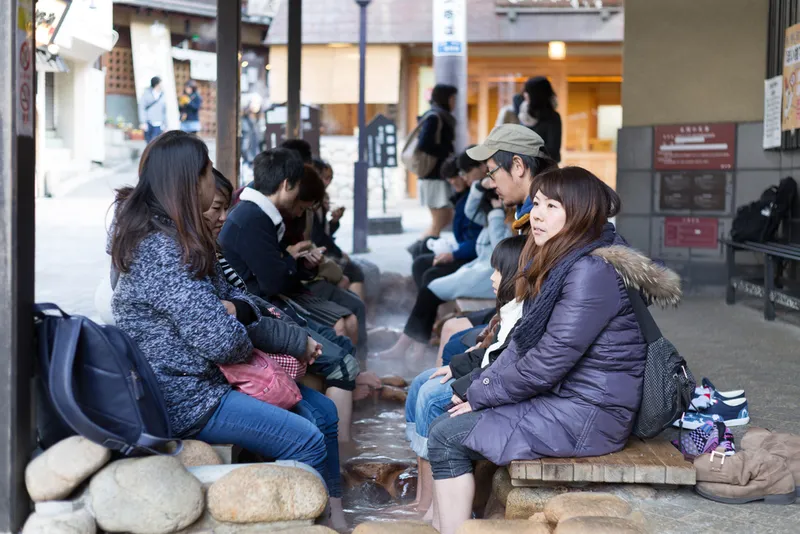
Ashi-Yu: Foot Bath Bliss
Envision a midday break involving a foot bath ceremony known as Ashi-Yu. Scattered across Japan, Ashi-Yu facilities provide a relaxing foot-soaking experience for anyone seeking a moment of unwinding and pampering.
Ashi-Yu embodies Japan’s appreciation for relaxation and self-care amid busy daily routines. These foot baths serve as accessible sanctuaries, inviting individuals to pause, rejuvenate their feet, and continue their day refreshed. The ceremony adds a touch of tranquility to the Japanese lifestyle, emphasizing the importance of small moments of indulgence.
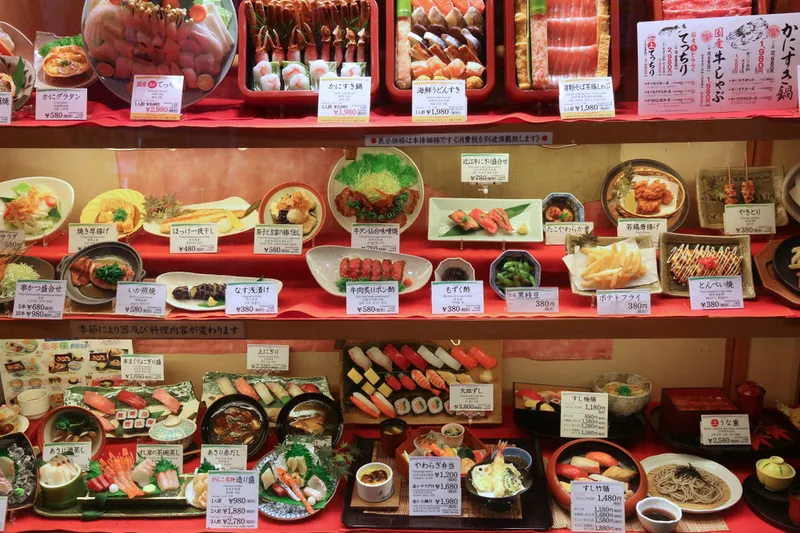
Food Displays: Culinary Clarity
Escape the uncertainty of ordering in a restaurant with Japan’s solution – artificial models of dishes displayed for customers to see exactly what they will receive. This innovative practice saves time, aids decision-making, and mitigates language barrier challenges.
The use of food displays in Japanese restaurants highlights a commitment to providing customers with a transparent and delightful dining experience. By showcasing realistic models of menu items, restaurateurs bridge communication gaps and ensure that customers can make informed choices. This visual approach to menu presentation adds a layer of convenience and satisfaction to the culinary journey.

Giri Choco: The Chocolate Exchange Tradition
In Japan, Valentine’s Day unfolds uniquely with the tradition of Giri Choco. On February 14th, women gift men with chocolate boxes, setting the stage for a sweet exchange. A month later, on “White Day,” men reciprocate with larger chocolate boxes, creating a reciprocal gesture of affection. In workplaces, the tradition of Giri Choco involves women presenting more modest chocolate boxes to colleagues, fostering a sense of camaraderie and appreciation.
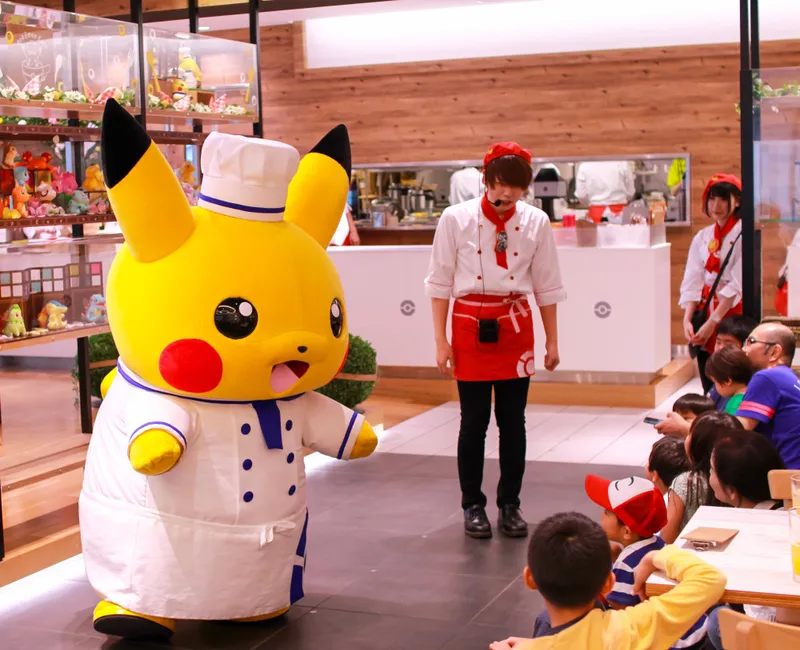
Anime Cafes: Themed Delights for Fans
Explore the vibrant world of anime cafes, themed coffee shops dedicated to beloved characters like Pokemon, Hello Kitty, and Doraemon. These cafes, akin to Disneyland for enthusiasts, offer a delightful experience with cakes, drinks, and pancakes adorned in theme colors. Operating seasonally and often open sporadically, these cafes provide a haven for fans seeking immersive encounters with their favorite characters. Before embarking on a Pokemon-themed adventure, enthusiasts should check the cafes’ opening hours for a whimsical experience.

Decorated Trains: Artistry on the Tracks
Witness the Japanese passion for branding extend to their trains, exemplified by the Genbi Shinkansen. Adorned with multicolored patterns designed by beloved artists, these decorated trains add a touch of artistry to everyday commutes. The initiative to embellish trains showcases Japan’s commitment to transforming routine journeys into visually appealing experiences, injecting creativity into the mundane and enlivening the travel landscape.
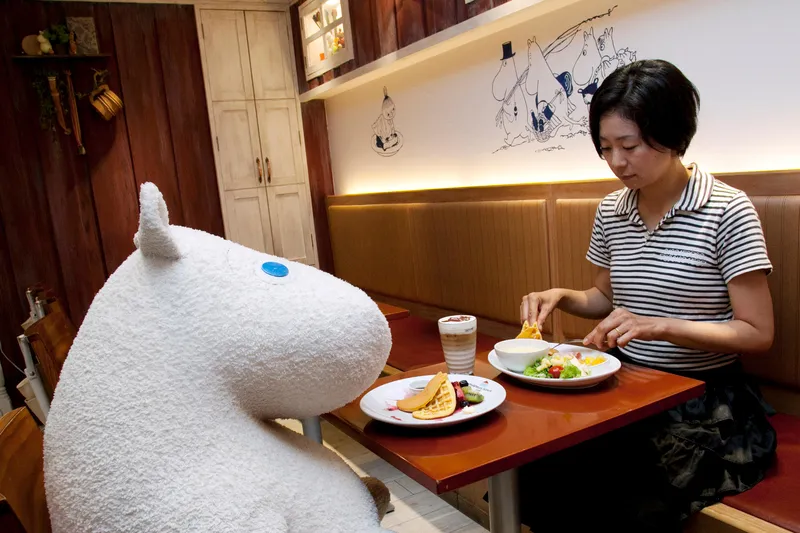
Moomin Cafe: Dining Companionship with Moomins
Step into the Moomin Cafe phenomenon, where solo diners find comfort in sharing a meal with Moomin characters. Spread across Japan, these cafes offer a unique blend of entertainment and solitude. Communicating with a dummy becomes a norm as patrons enjoy dishes served in the company of non-verbal yet endearing Moomin characters, showcasing Japan’s ability to create whimsical dining experiences.
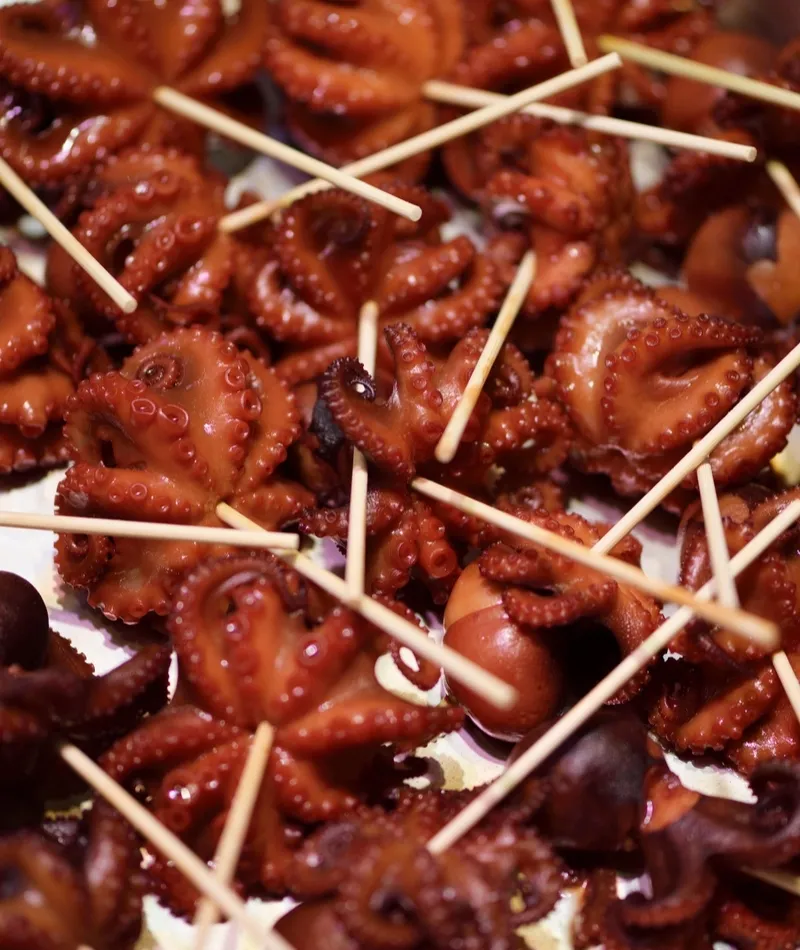
Takotamago: Octopus with a Twist
Delve into the quirky snack culture of Japan with Takotamago, a popular treat featuring an octopus with an egg in its head. While the culinary combination may raise questions, Japanese gastronomy often embraces unique creations. The fascination lies not only in savoring the snack but also in pondering the culinary craftsmanship that places an egg within the head of an octopus, showcasing Japan’s culinary inventiveness.
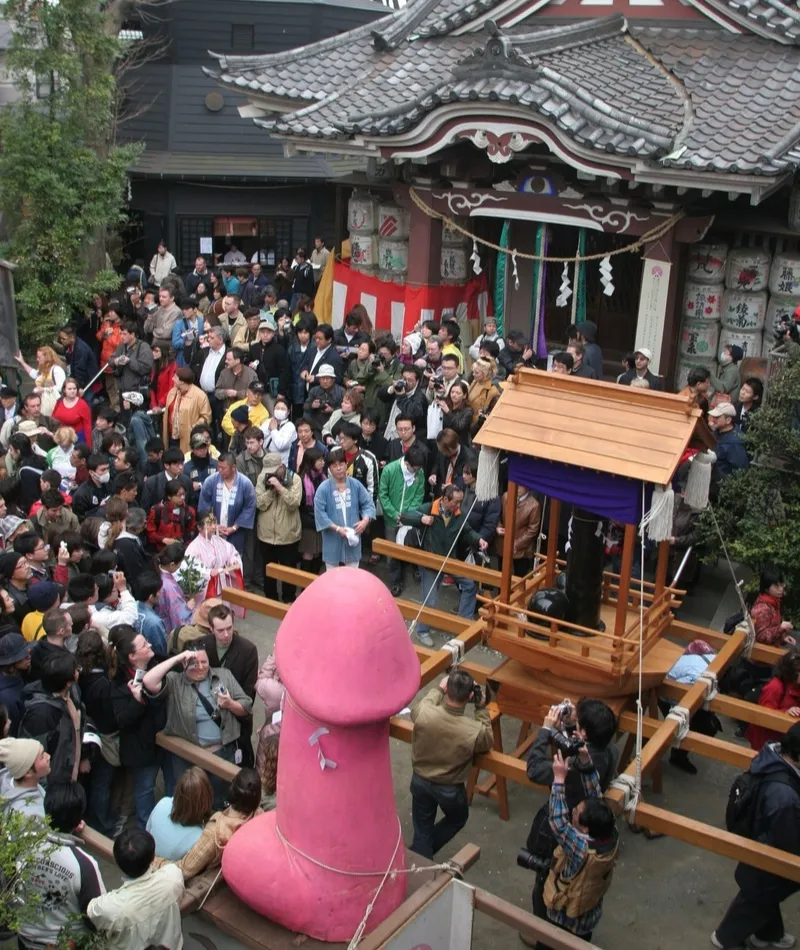
Kanamara Matsuri: Celebrating Uniqueness
Experience the peculiar Kanamara Matsuri, an annual festival celebrated in spring that pays homage to phallic symbols. With a playful and vibrant atmosphere, the festival celebrates uniqueness through various activities, including the creation of decorated lollipops. While not a family-friendly event, Kanamara Matsuri stands out as a testament to Japan’s ability to embrace diverse expressions and create unconventional festivals.
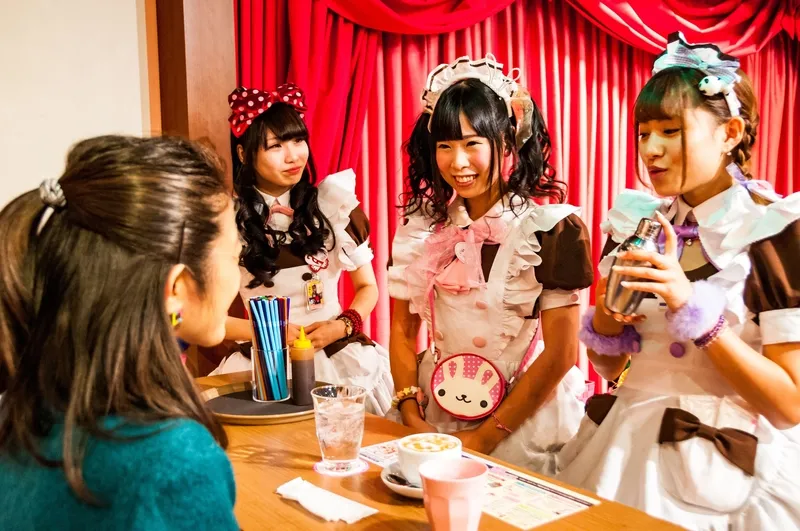
Maid Cafe: Quirky Dining Traditions
Encounter the Maid Cafe, a unique addition to Japan’s array of themed cafes. At these establishments, waitresses dressed in maid clothing serve regular dishes and coffee. The origins of this tradition remain unclear, yet its popularity endures, with patrons enjoying the peculiar combination of familiar meals served by charming waitresses in maid attire.
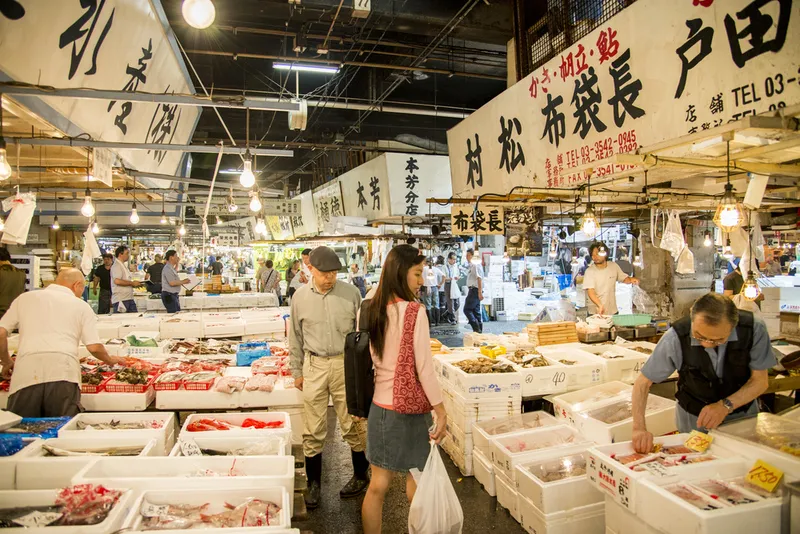
Tsukiji Market: Tuna Auction Phenomenon
Explore the renowned Tsukiji Market, hailed as the world’s primary tuna exporter. Unlike typical markets, Tsukiji operates with a distinct approach, featuring tuna auctions without set prices. Visitors can witness the vibrant energy of the auctions, and guided tours offer an insider’s perspective through Auction Observation Windows, showcasing Japan’s dedication to unique market experiences.
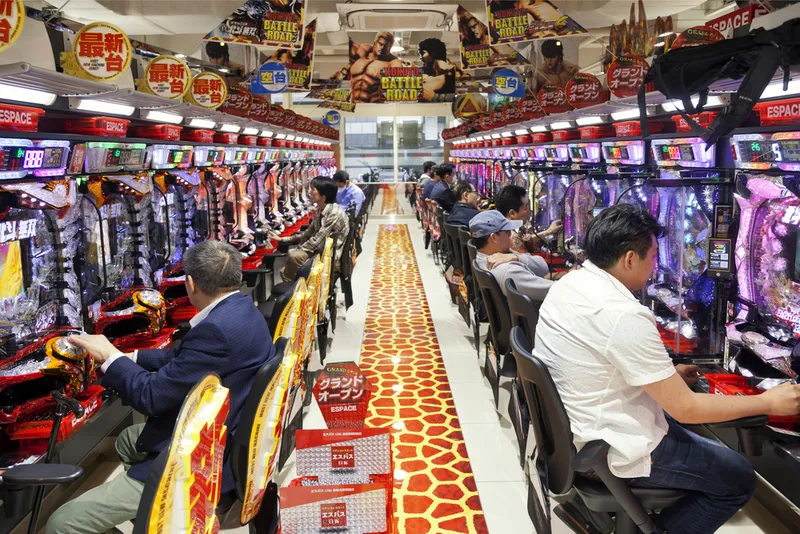
Pachinko Parlours: Legalized Gaming Entertainment
Engage in the Japanese spectacle of Pachinko Parlours, where video game arcades provide entertainment with a legal twist. While gambling is illegal, playing for tokens is permitted, aligning with Japanese regulations. Players exchange tokens for cash, and the spectacle of these bustling arcades reflects Japan’s commitment to legal and regulated gaming entertainment.
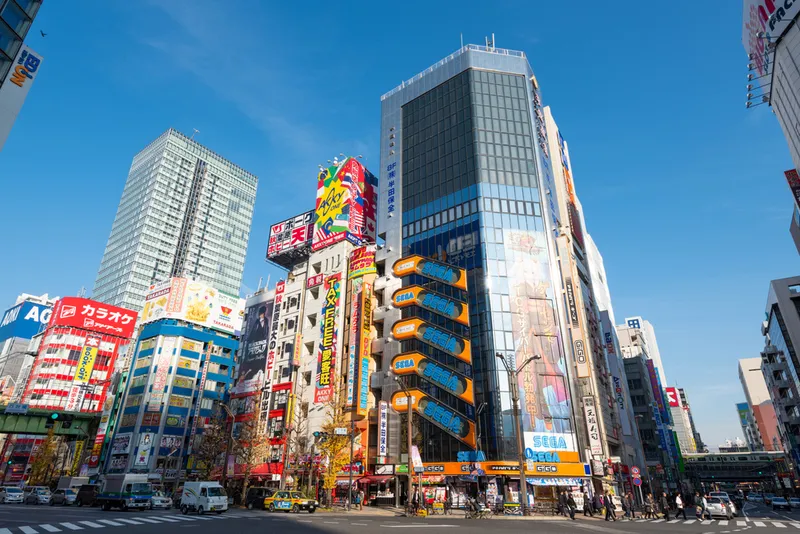
Akihabara: Exclusive Districts and Themes
Discover Akihabara, a district in Tokyo with age-restricted access and themes centered around erotic entertainment and anime characters. Some areas even prohibit women, offering exclusive spaces for men. Akihabara’s unique zoning reflects Japan’s diverse subcultures and illustrates the creation of specialized districts tailored to specific demographics and interests.

Mayo Obsession: Culinary Evolution with Mayonnaise
Uncover Japan’s obsession with mayonnaise, introduced to the country in 1925. Mayonnaise, integrated into local cuisine with small adjustments, has become a staple served with various dishes at any time of the day. This culinary fascination showcases Japan’s openness to adopting and adapting Western spreads while incorporating them into their unique culinary landscape.
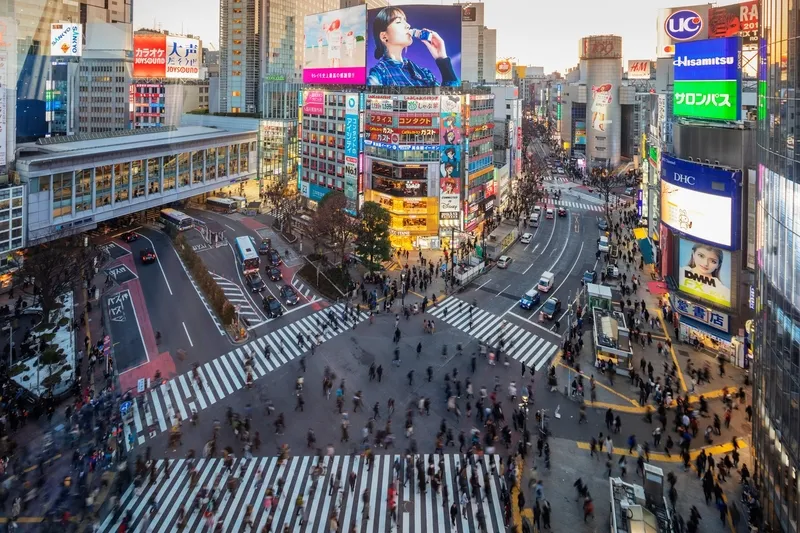
The Shibuya Crossing: Iconic Urban Chaos
Experience the iconic Shibuya Crossing, a symbol of Tokyo’s urban hustle and bustle. Known for its overwhelming crowds, perpetual activity, and dazzling lights, the Shibuya Crossing represents a unique intersection that captures the vibrancy and intensity of Japan’s urban life. The perpetual motion of the crossing stands as a testament to the organized chaos that defines Tokyo’s cityscape.
